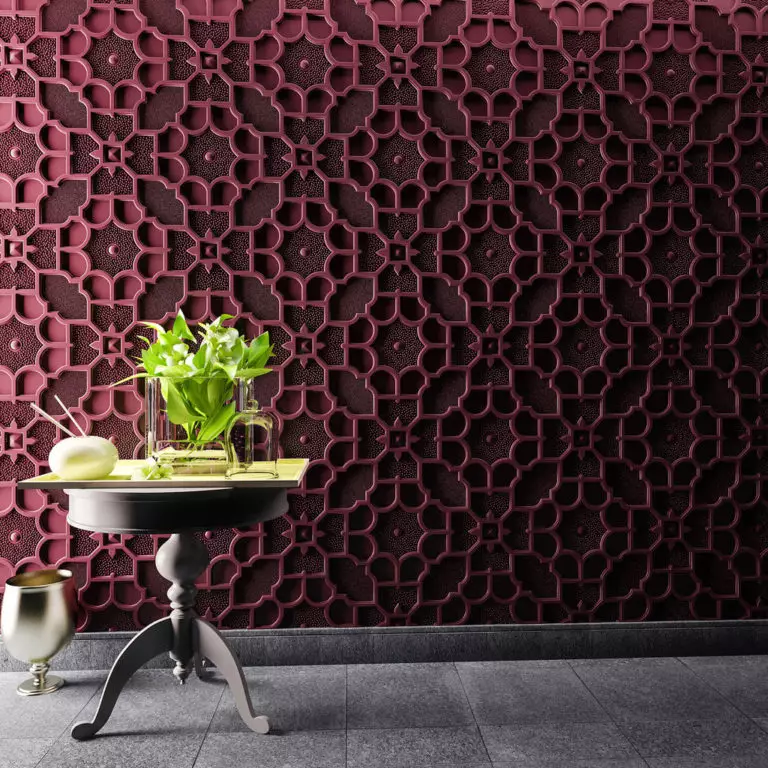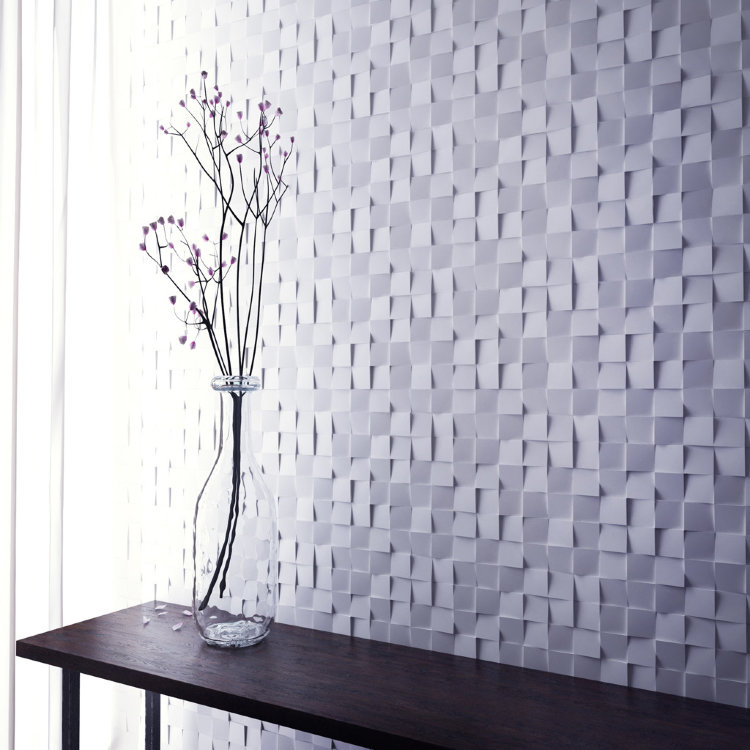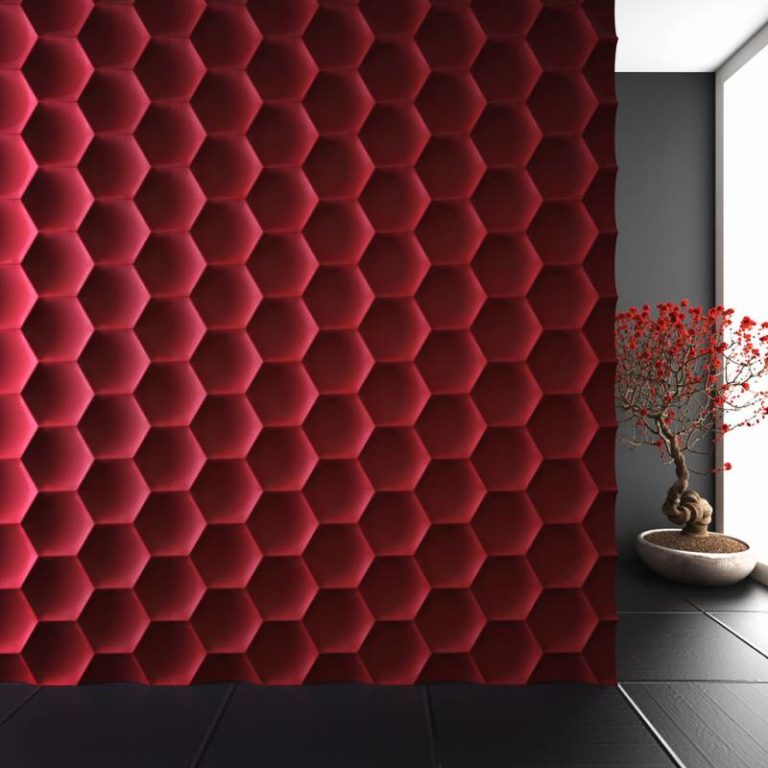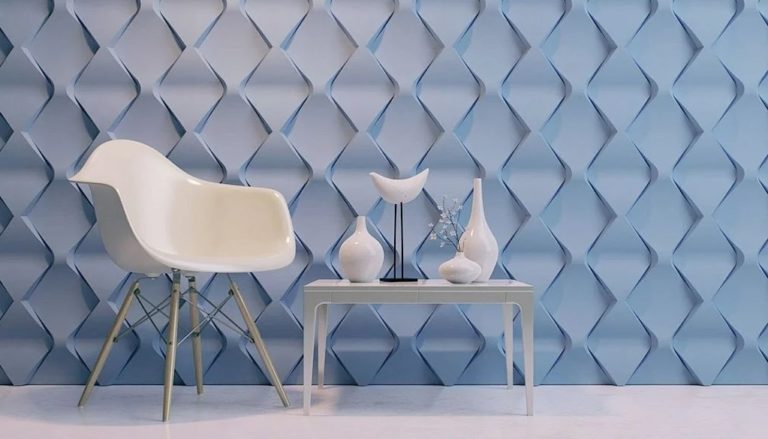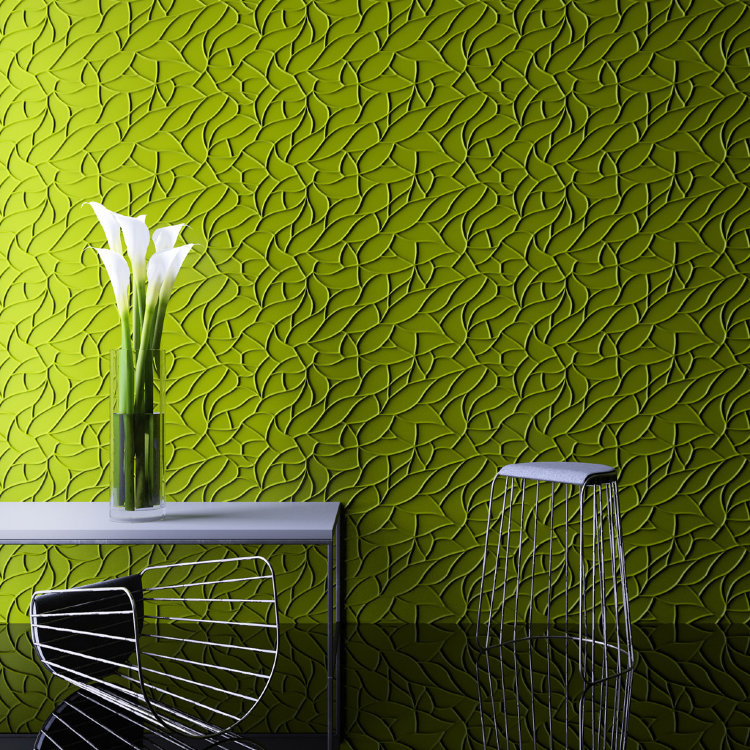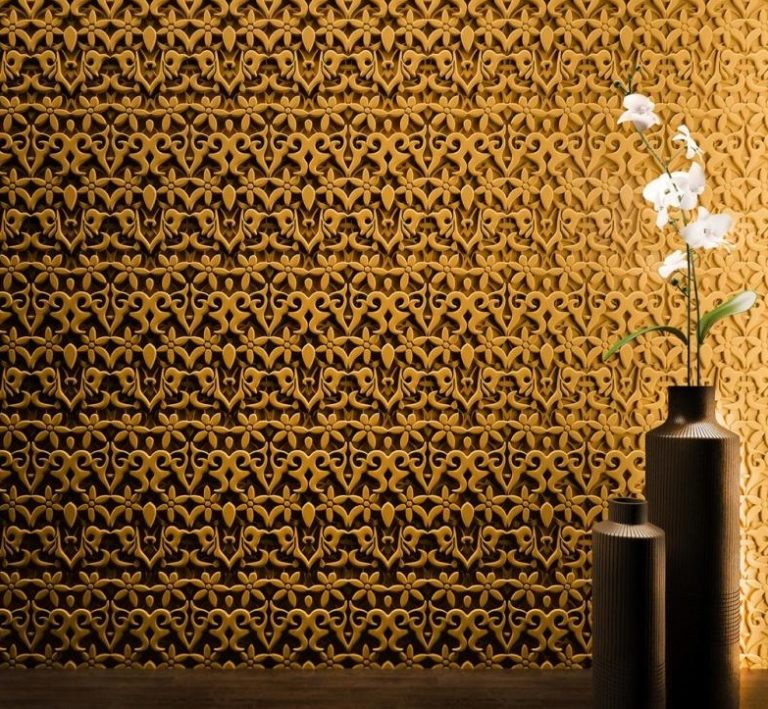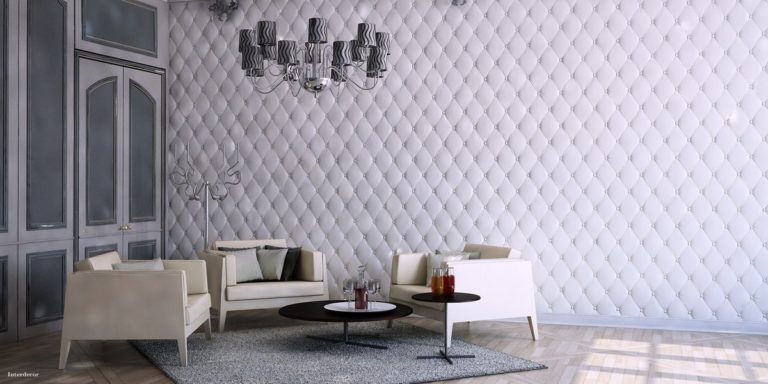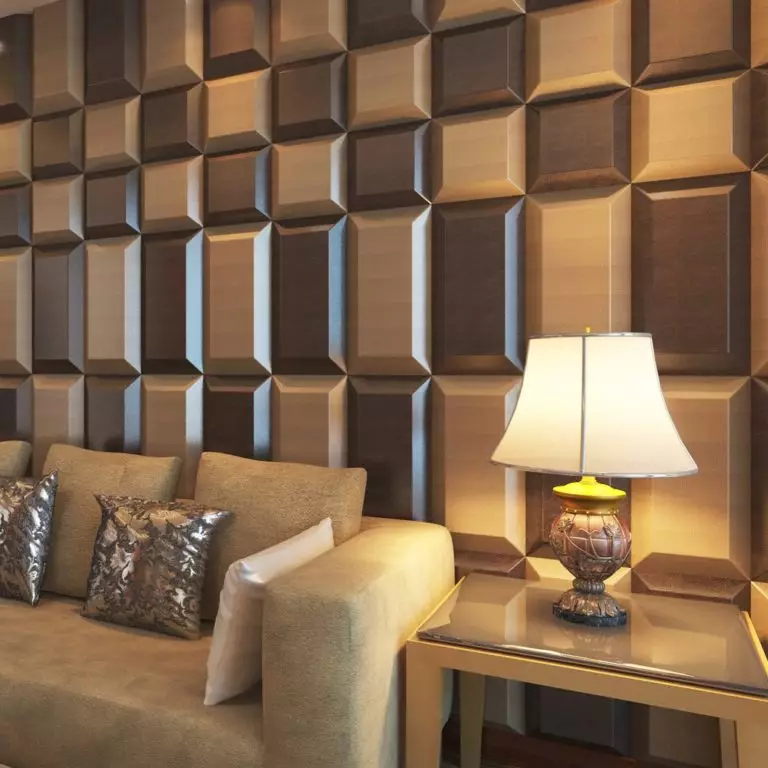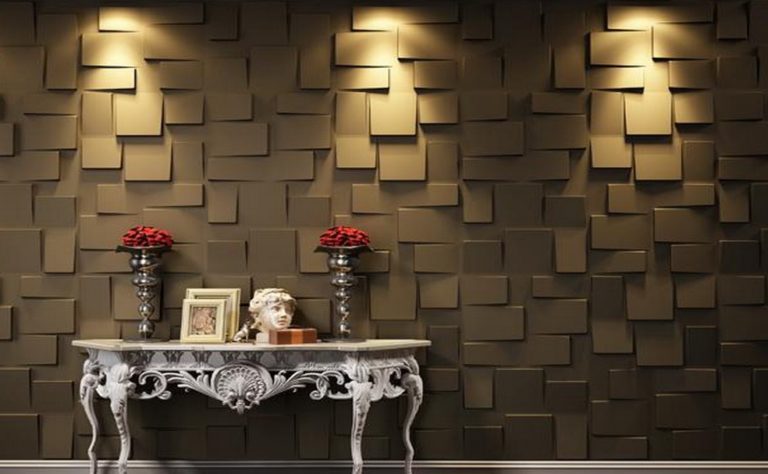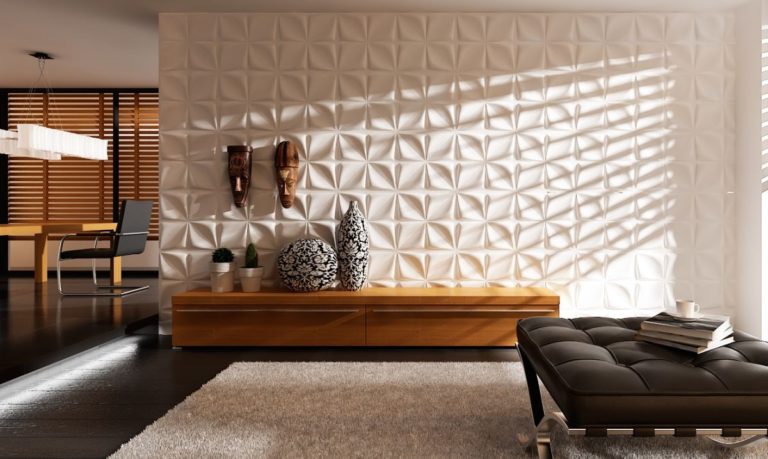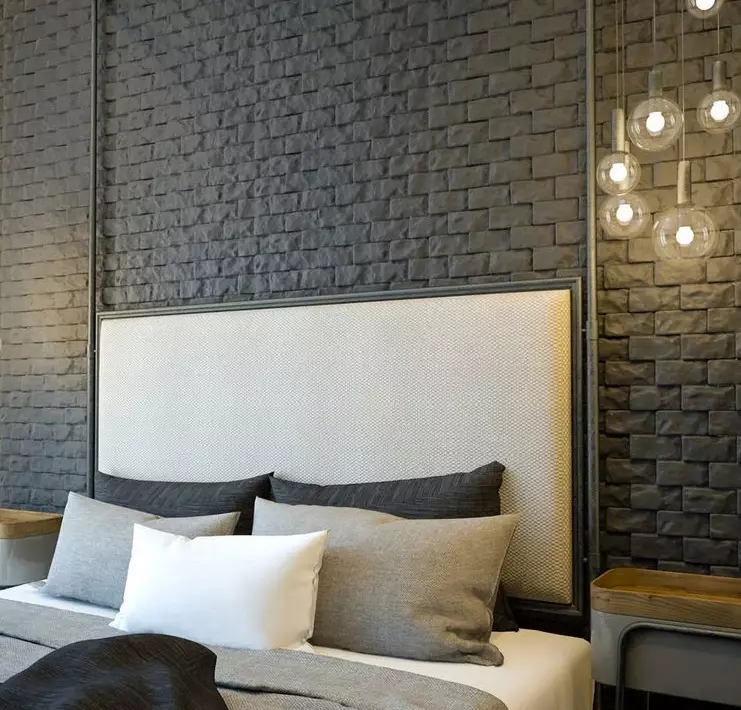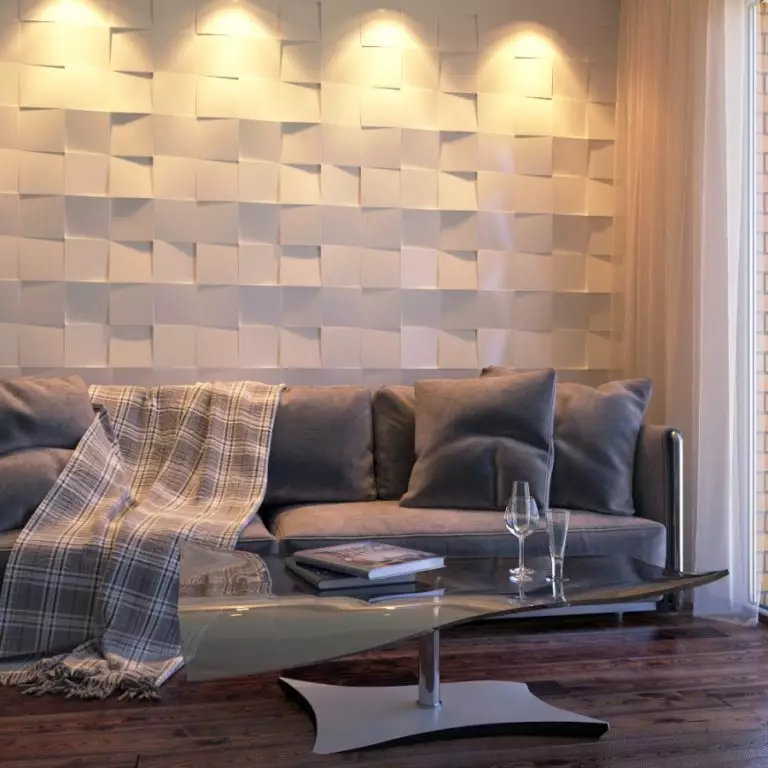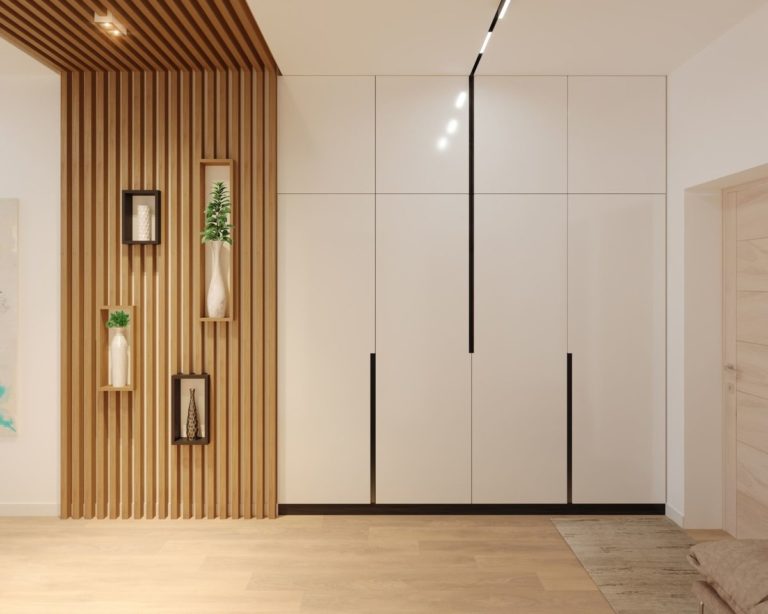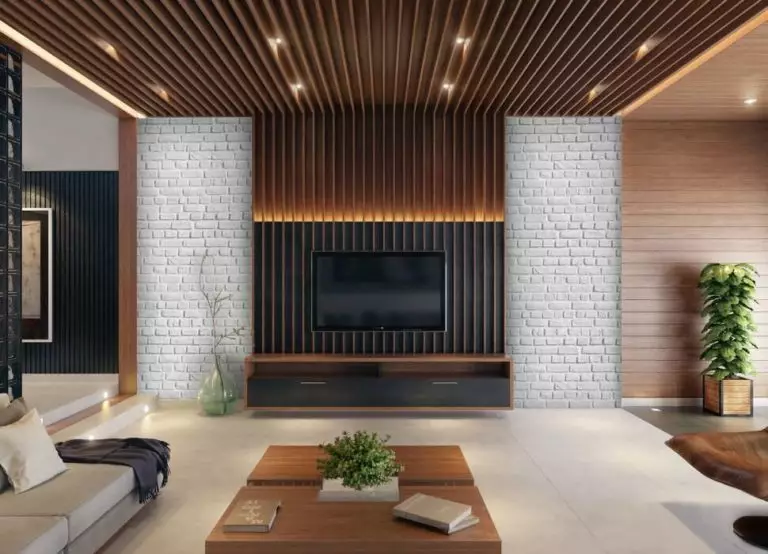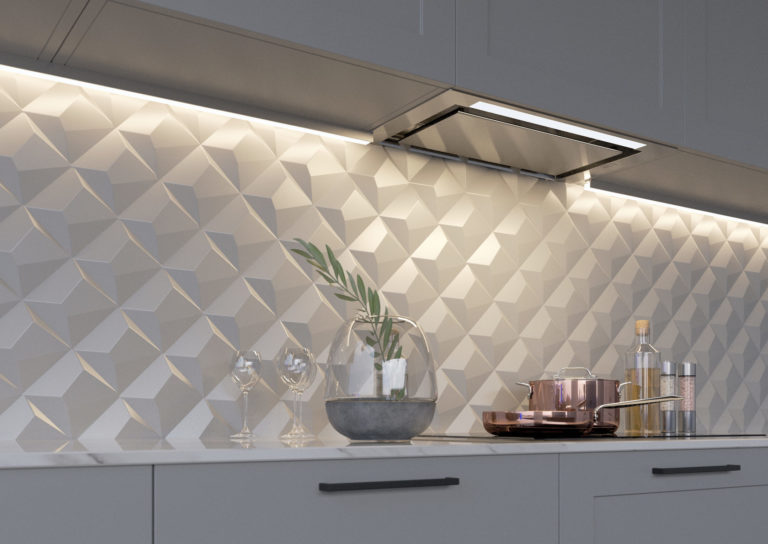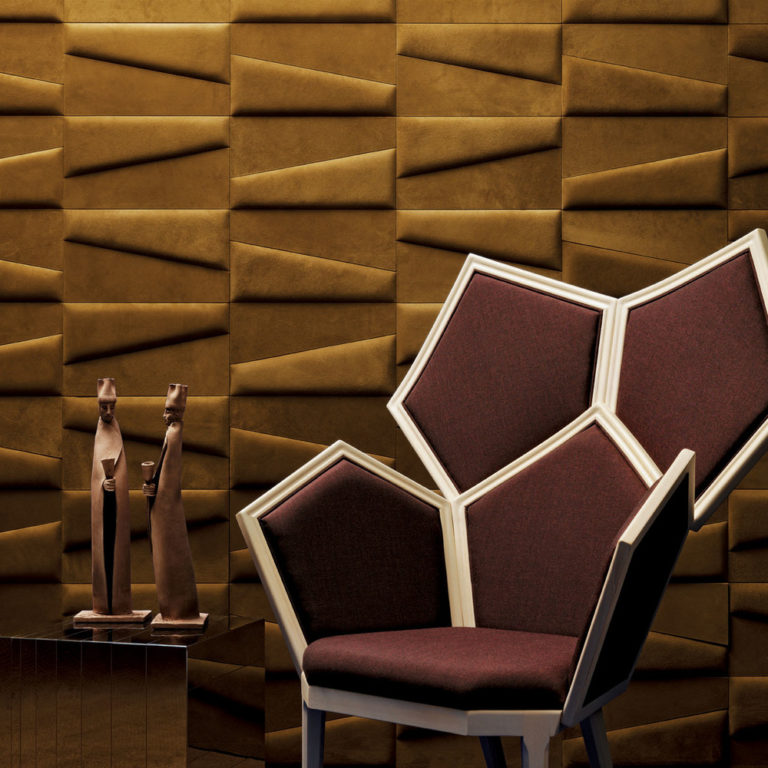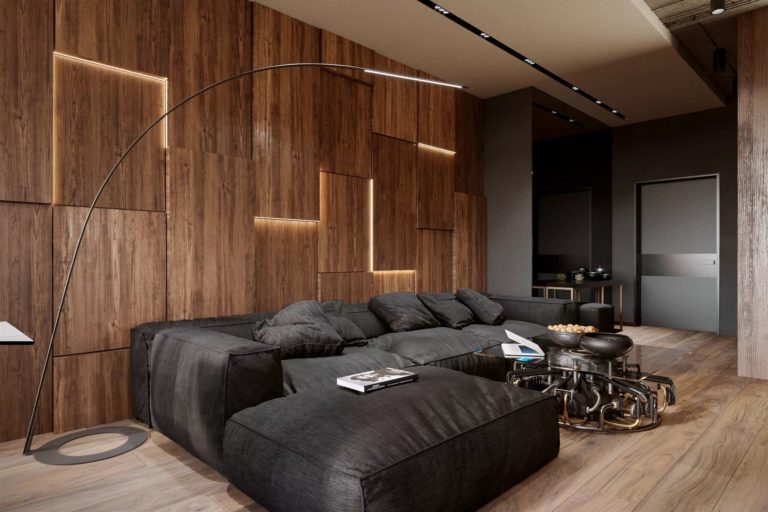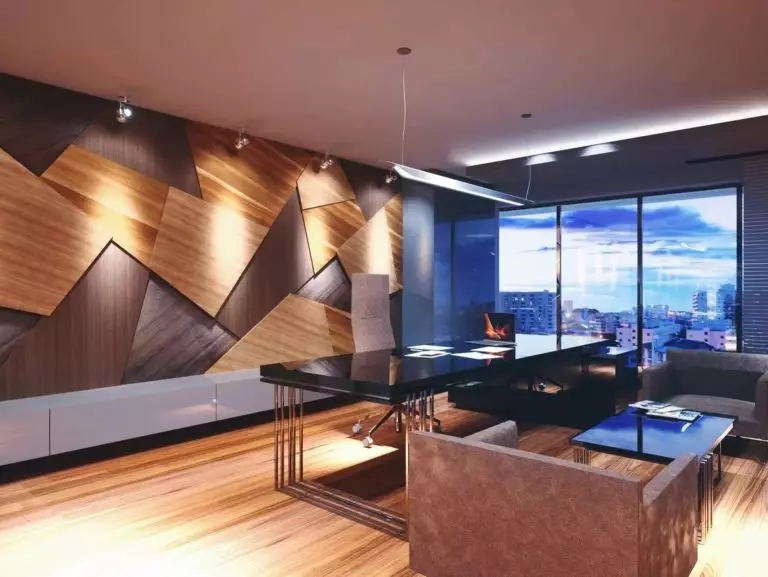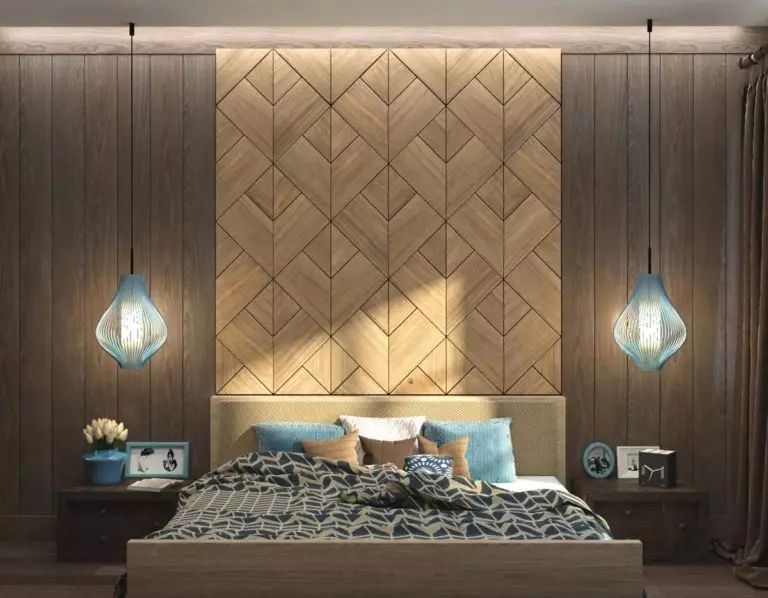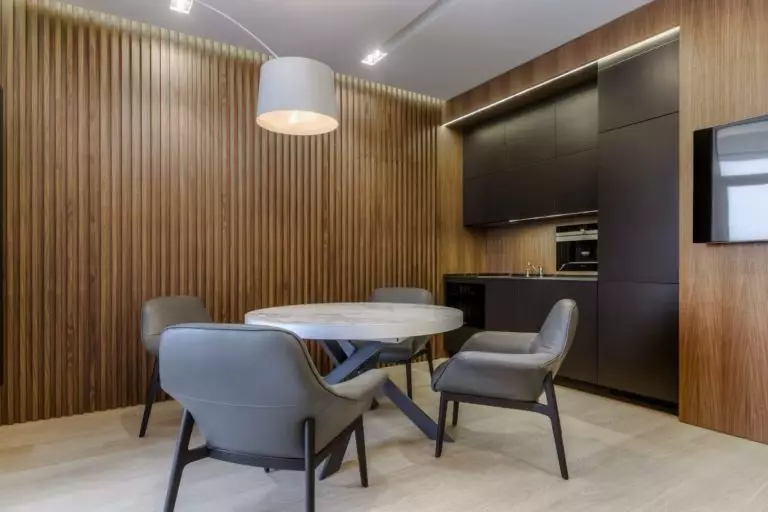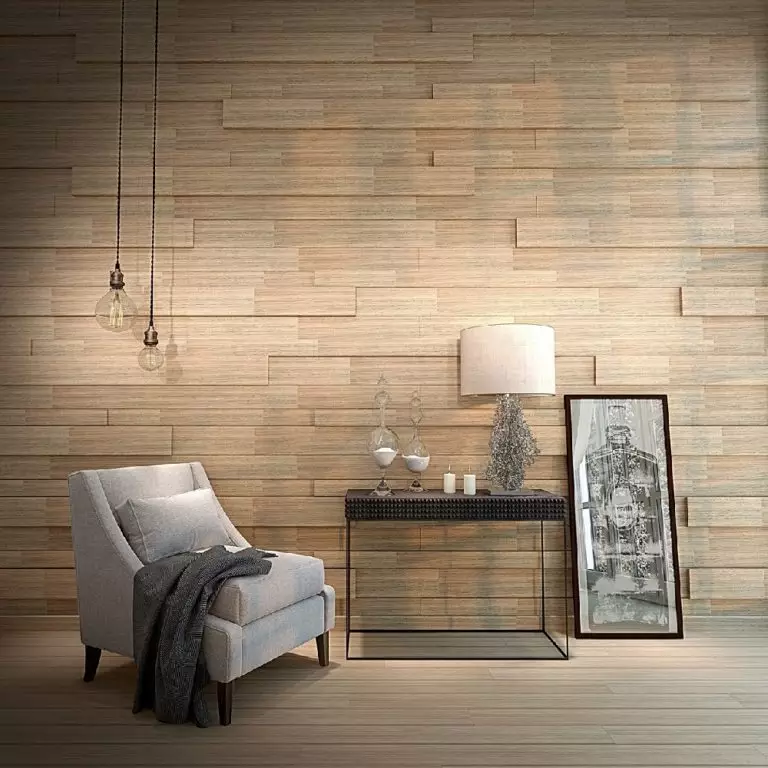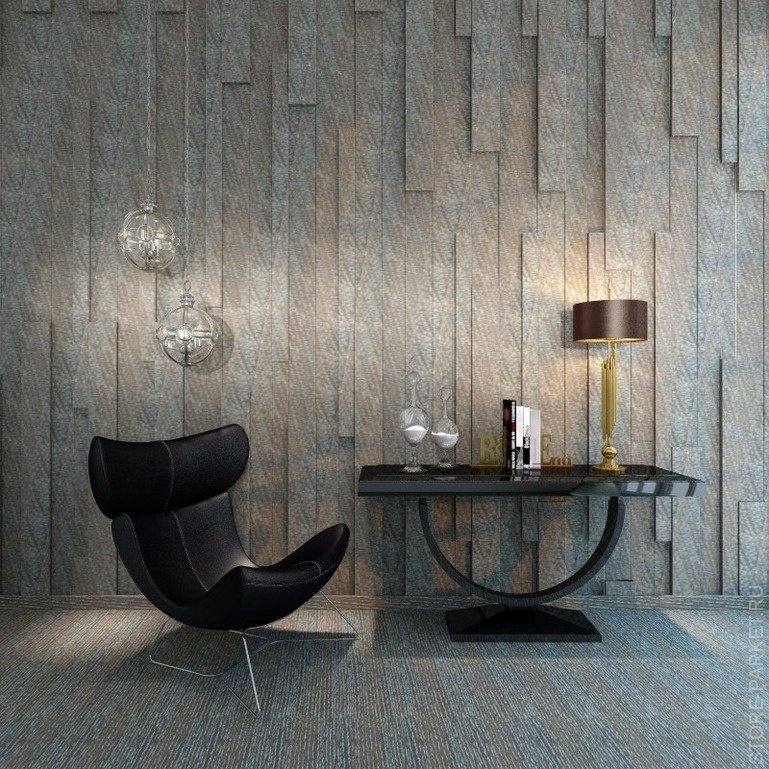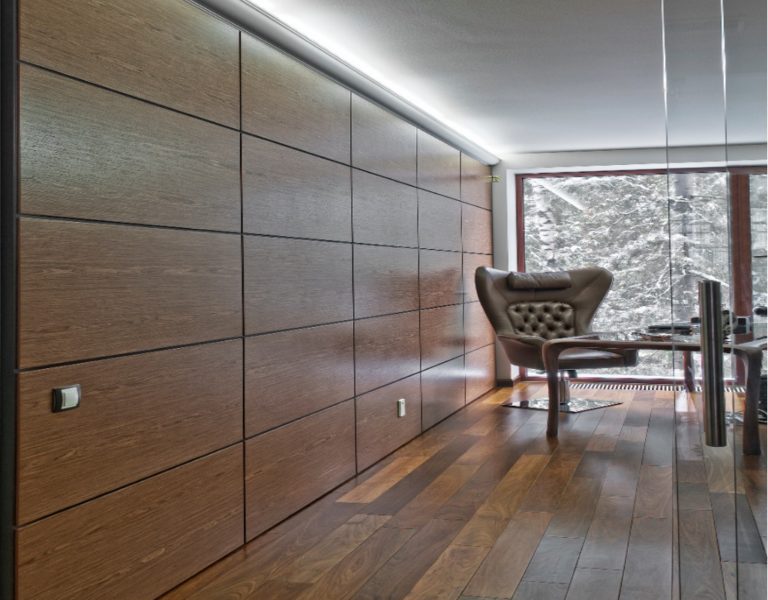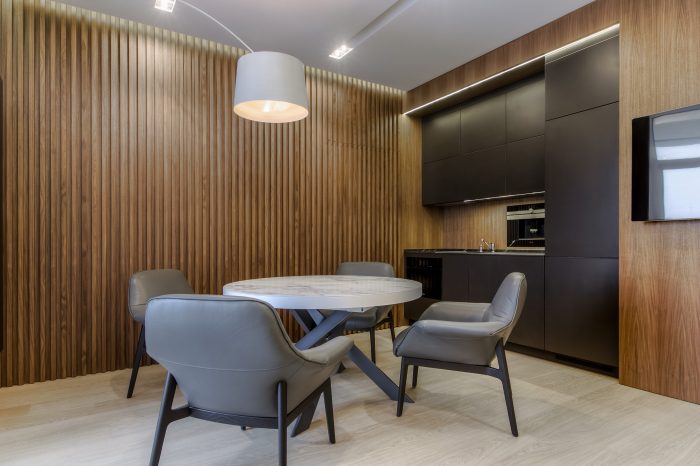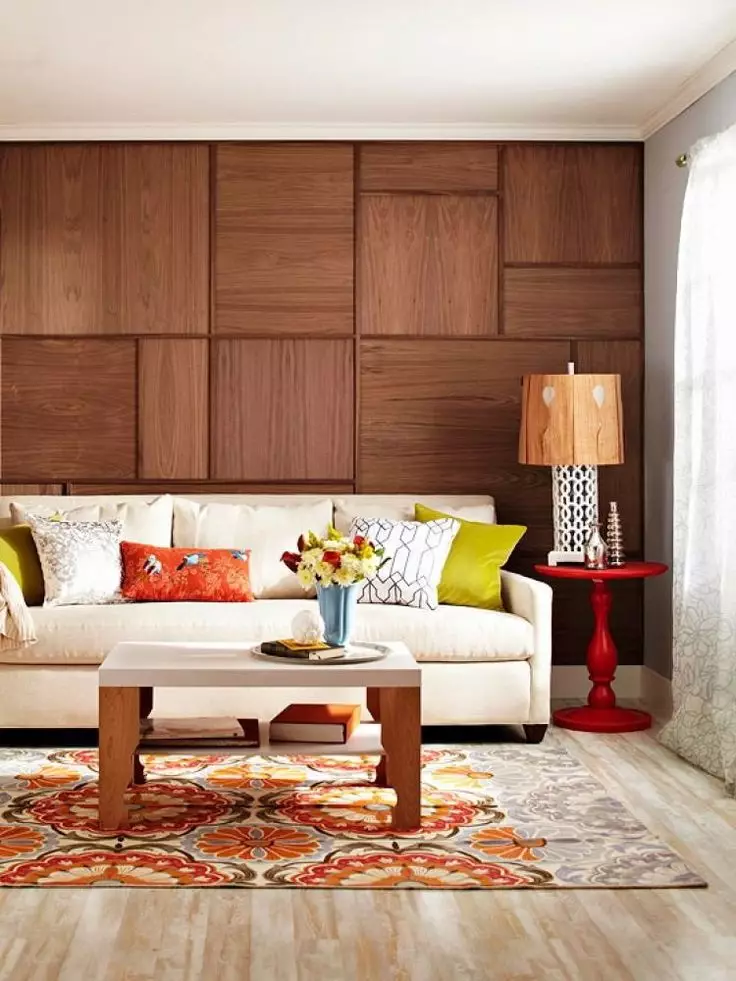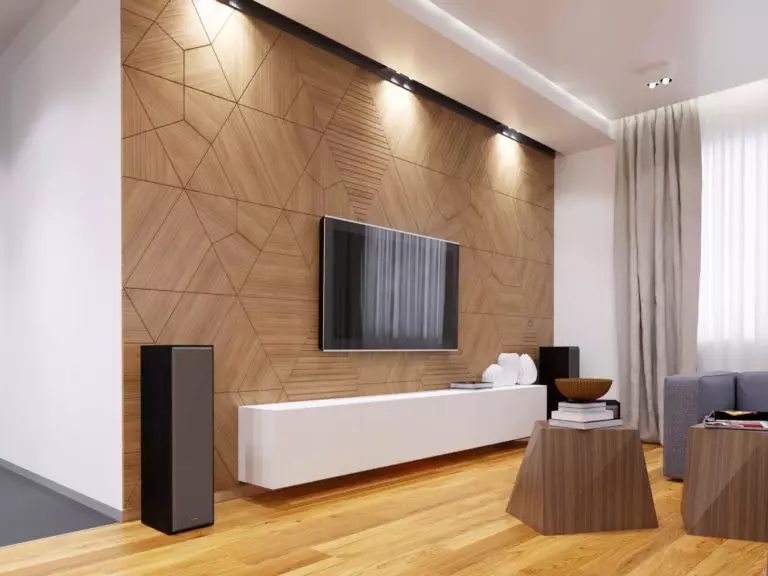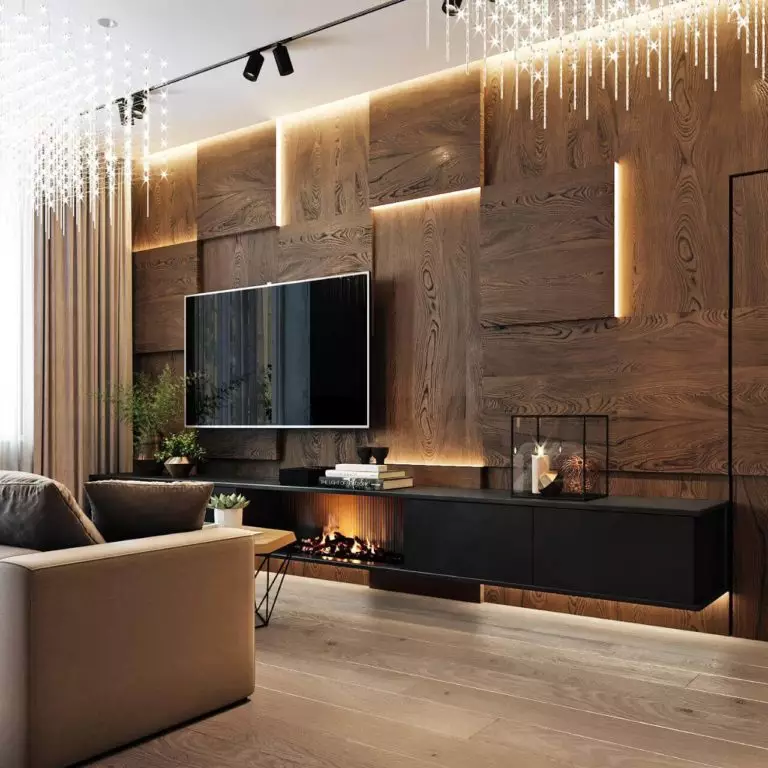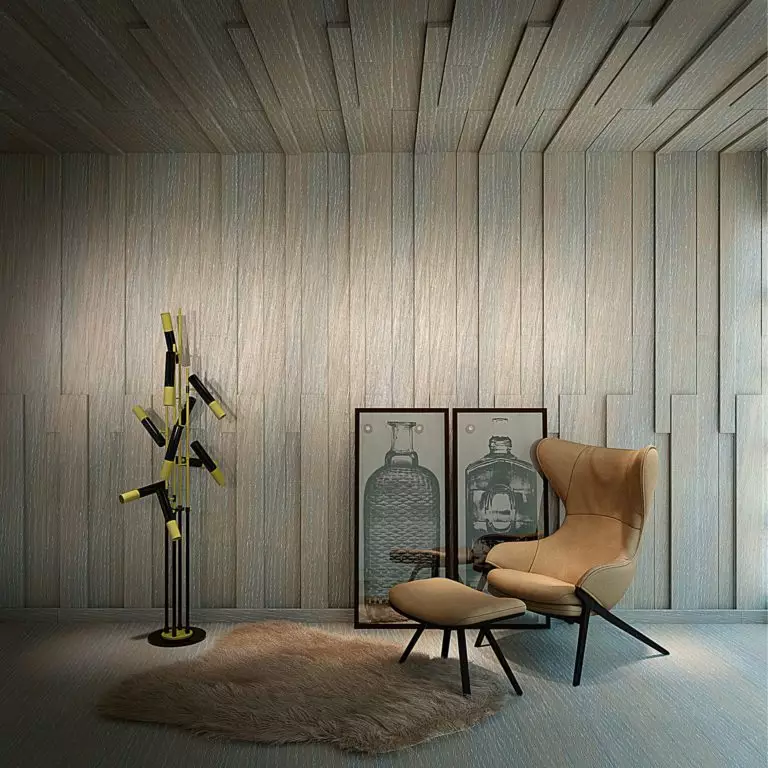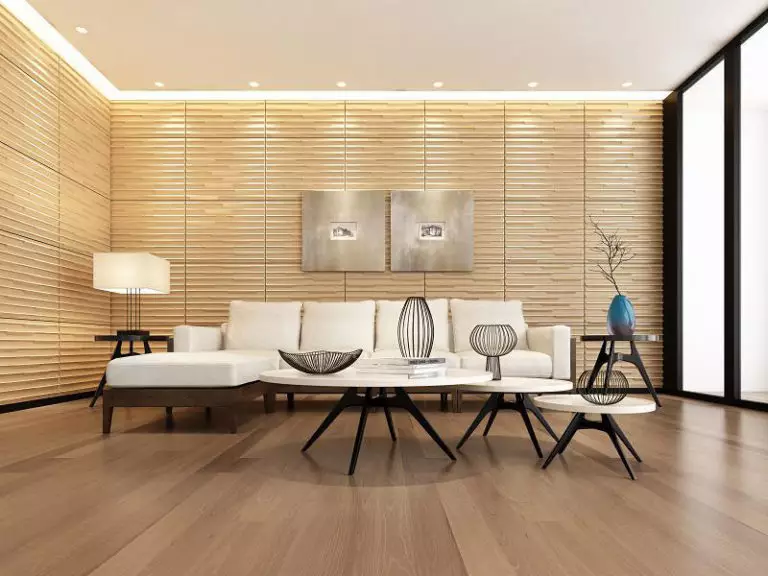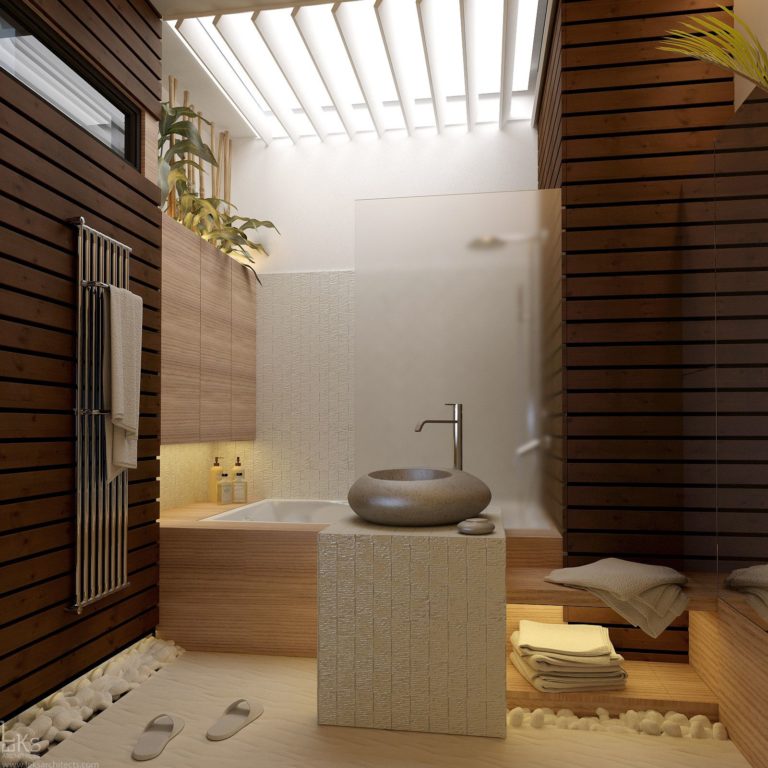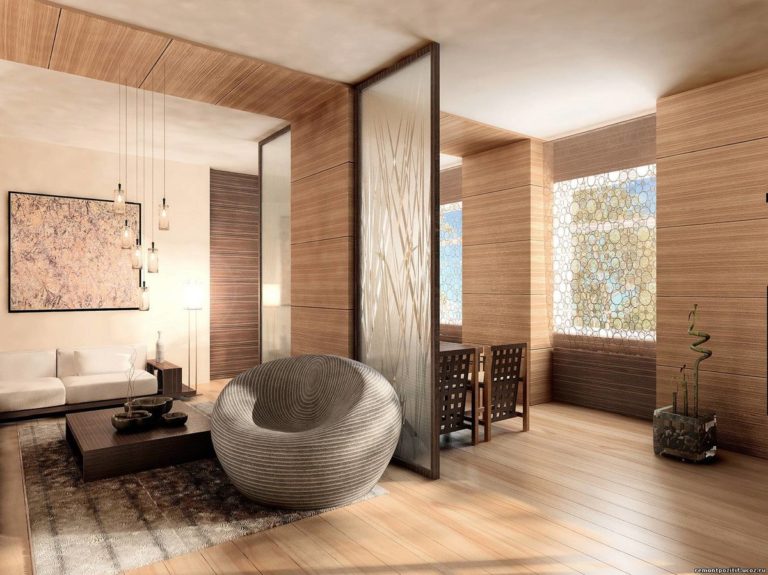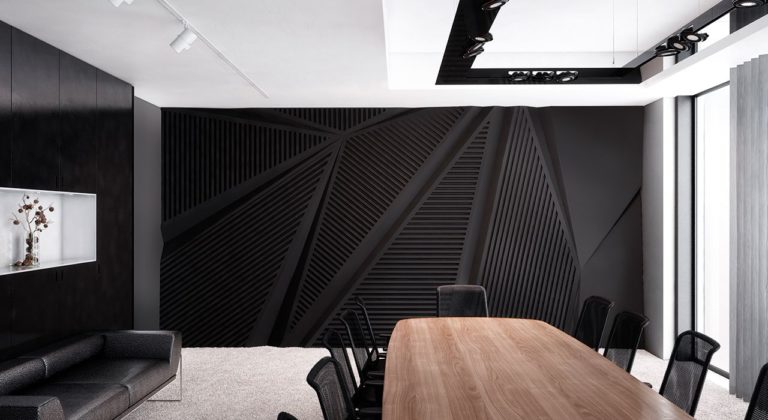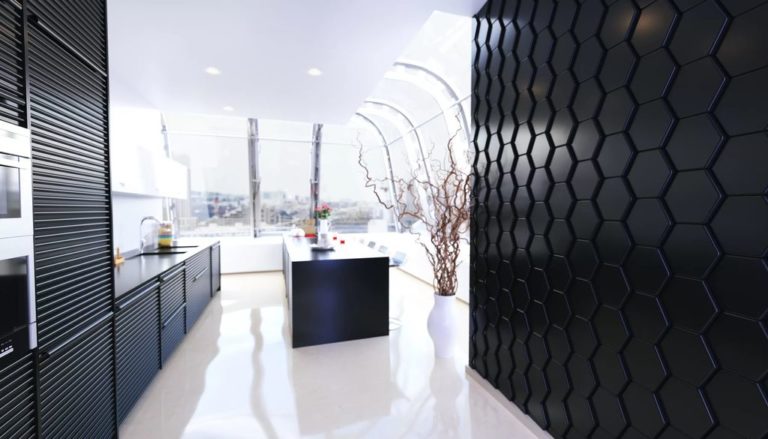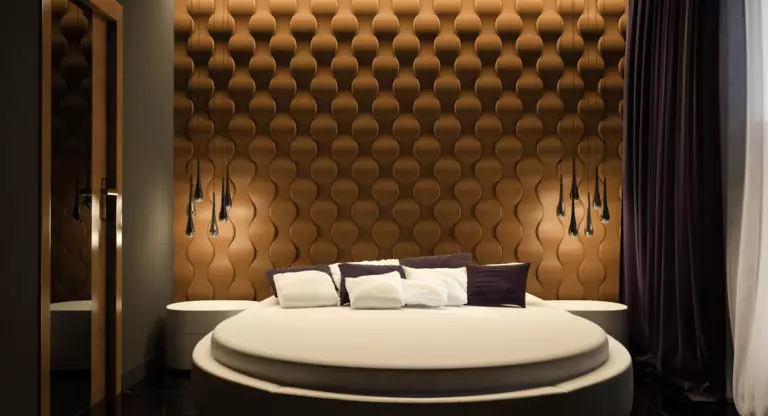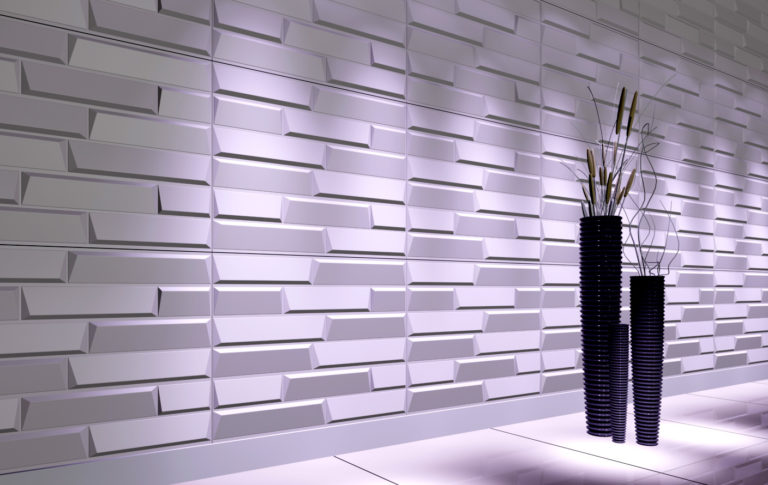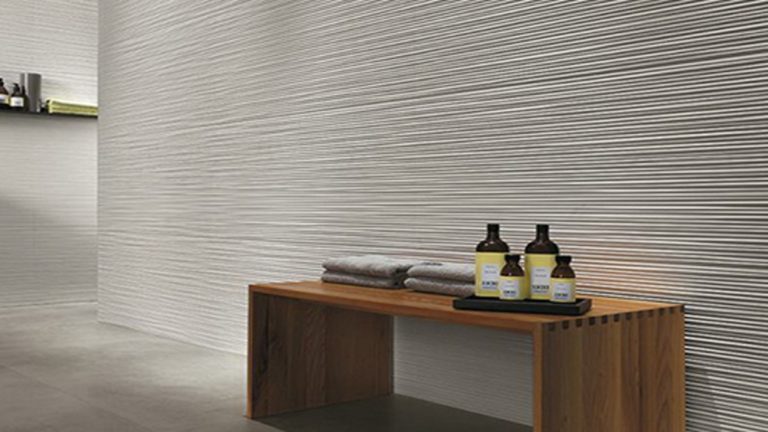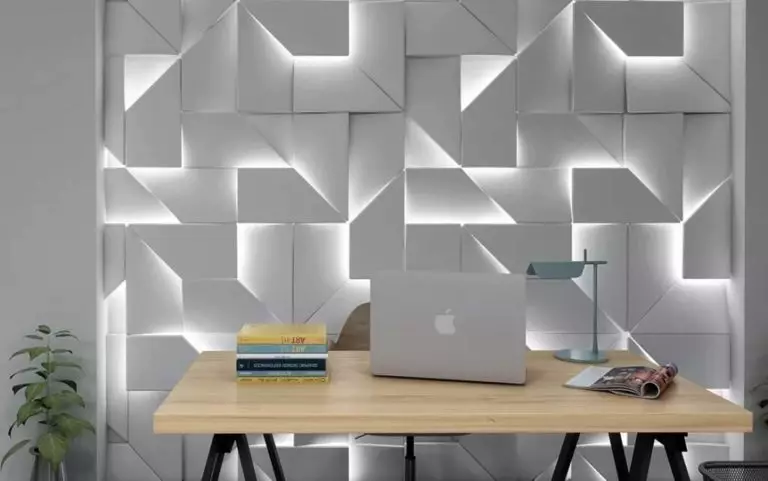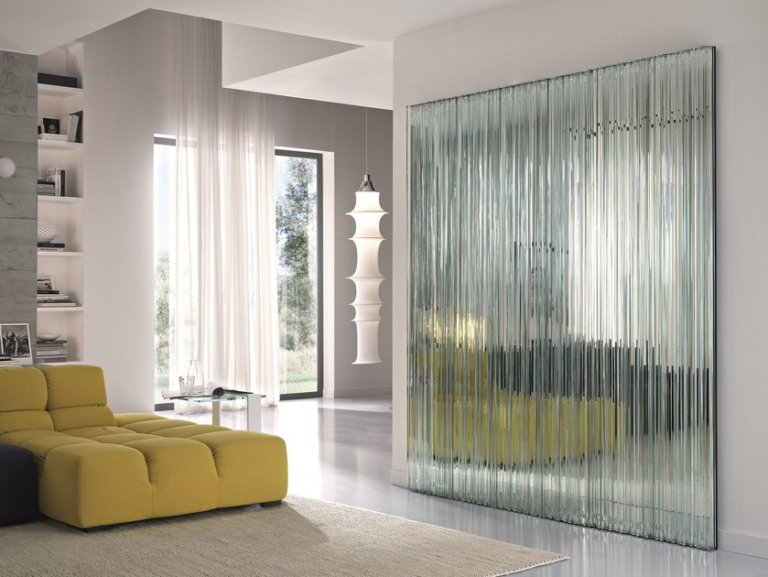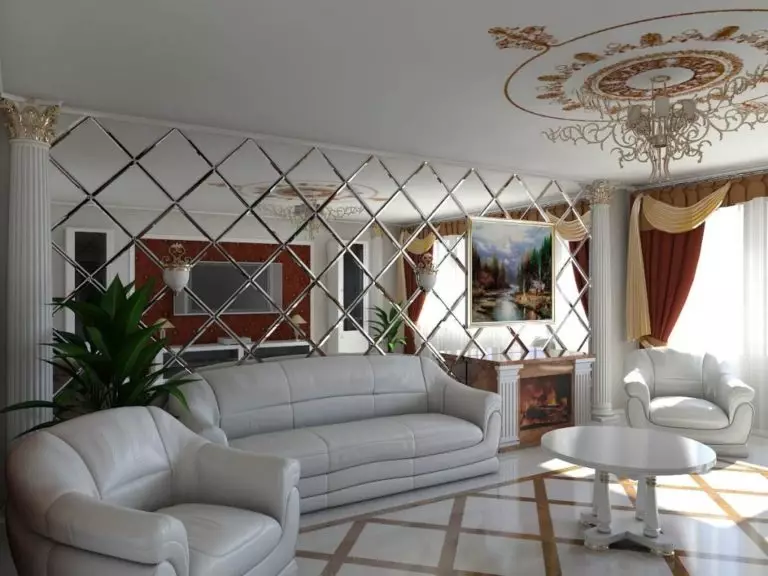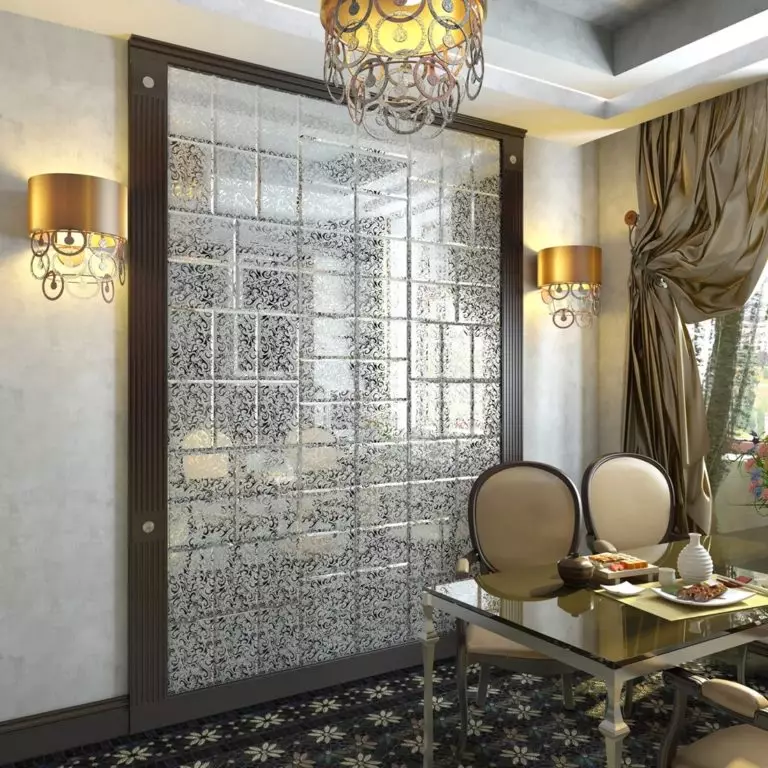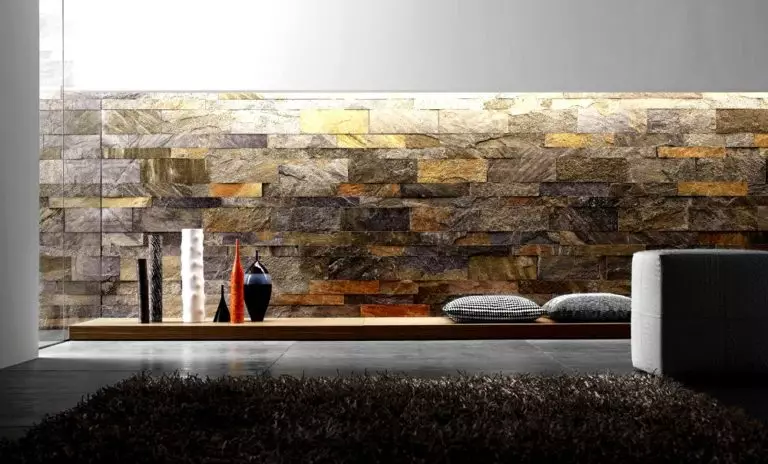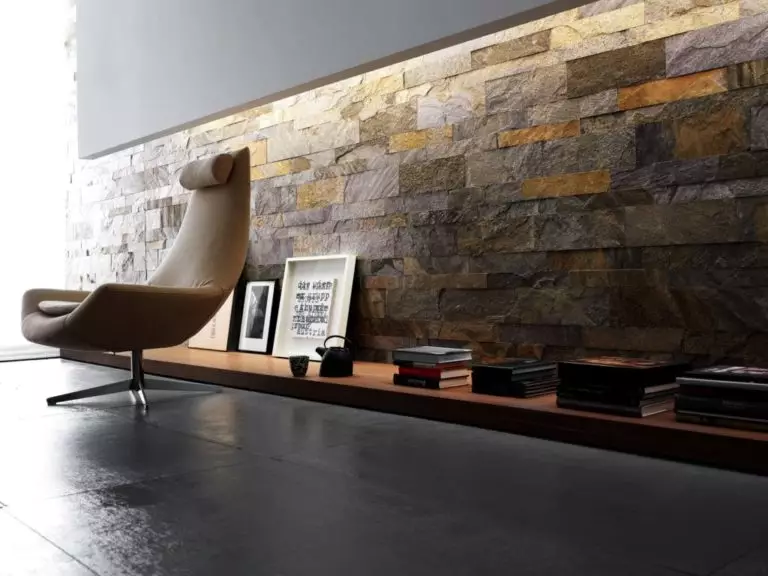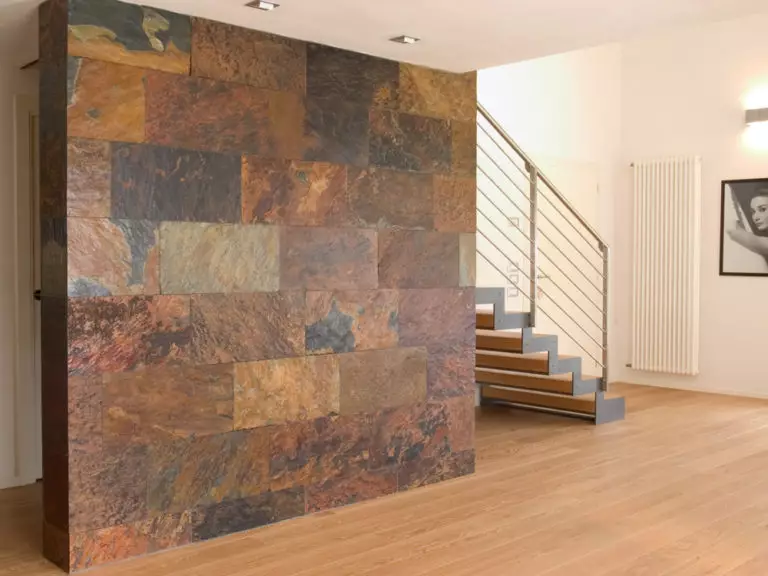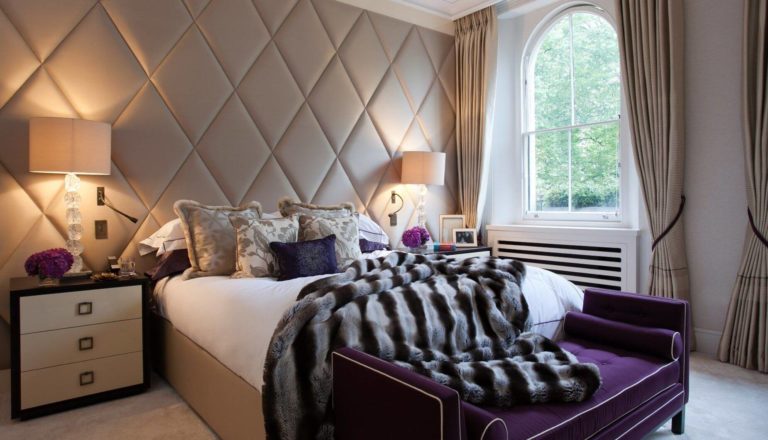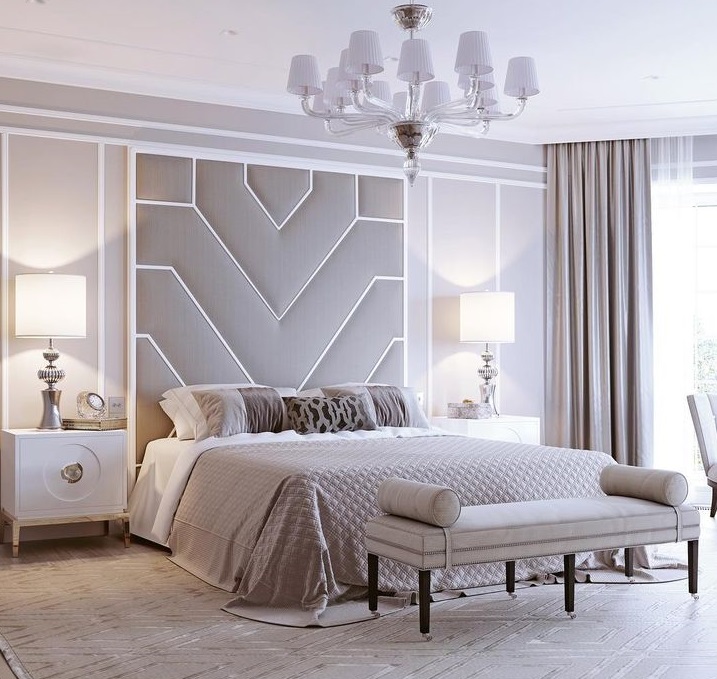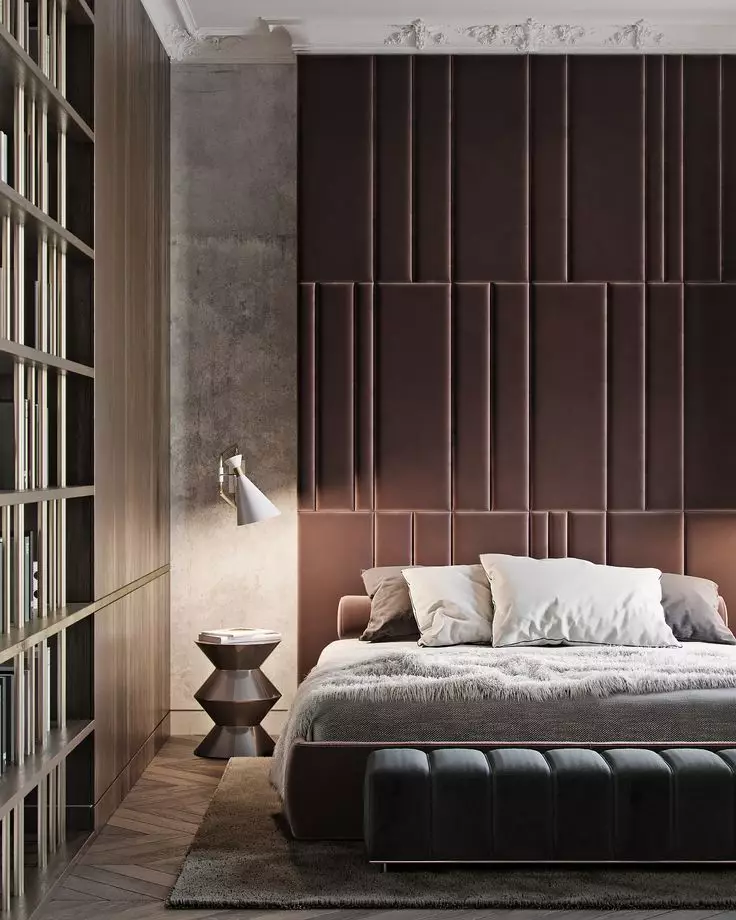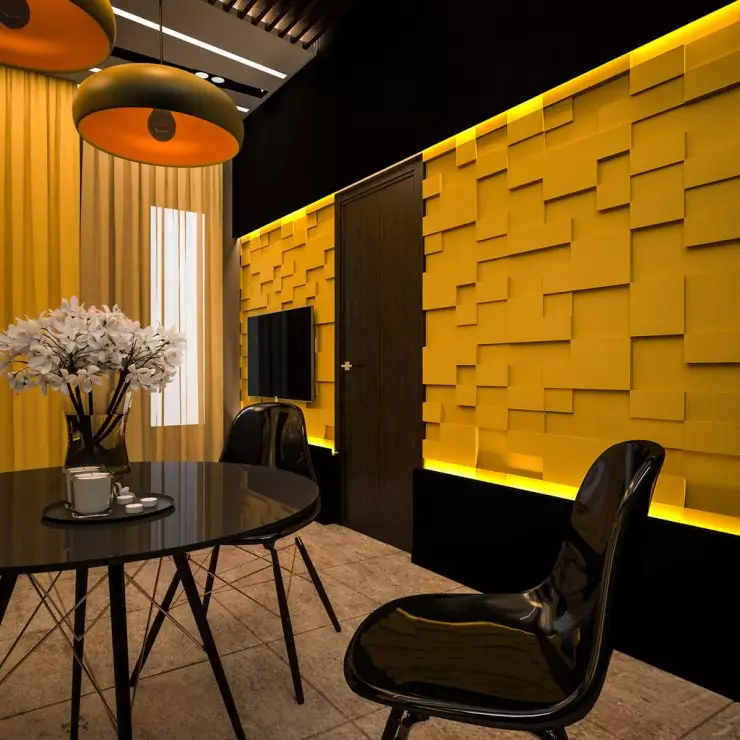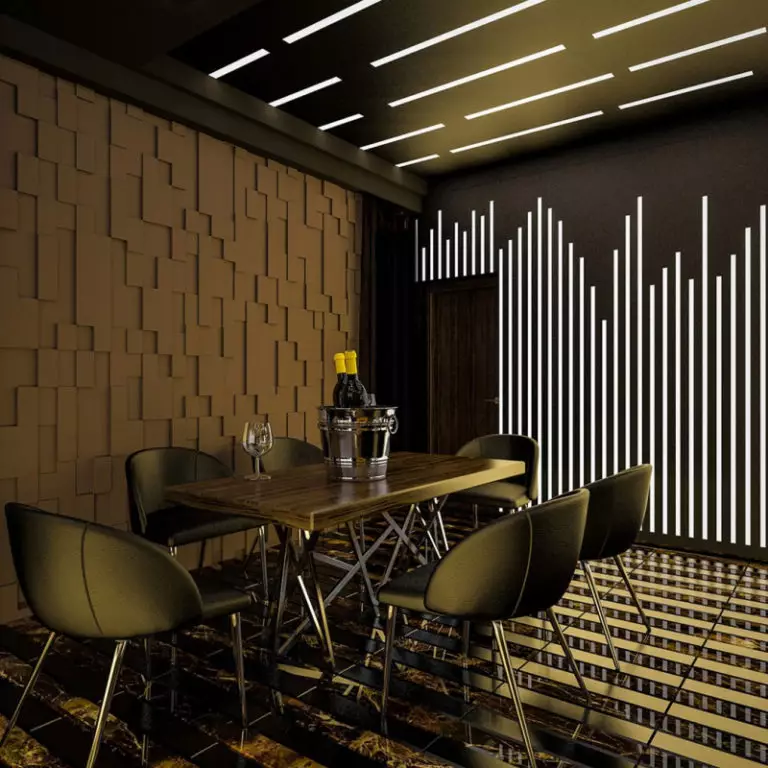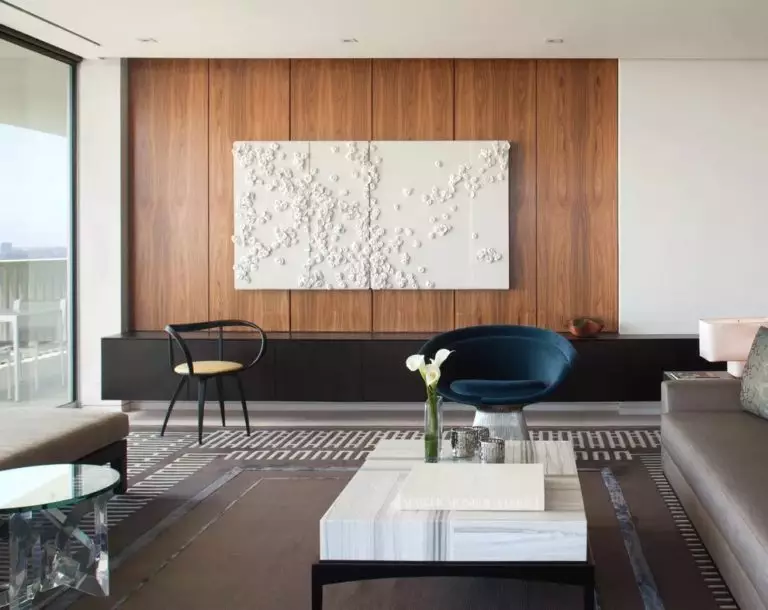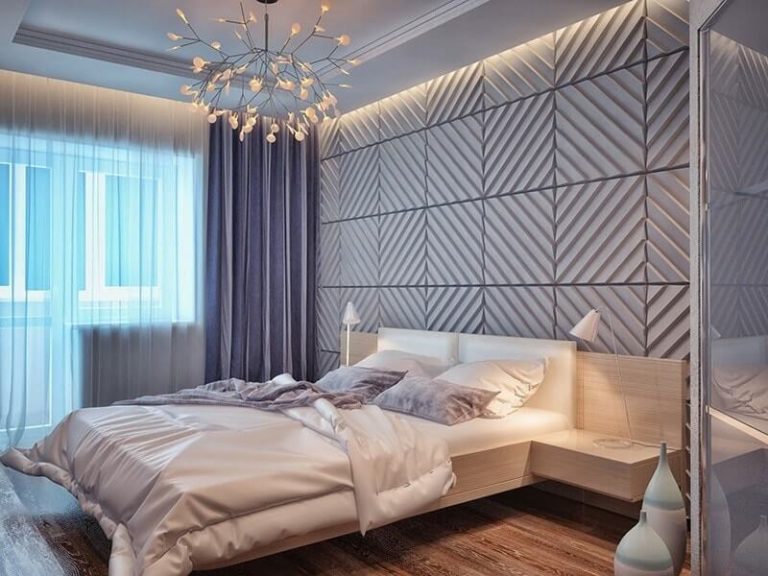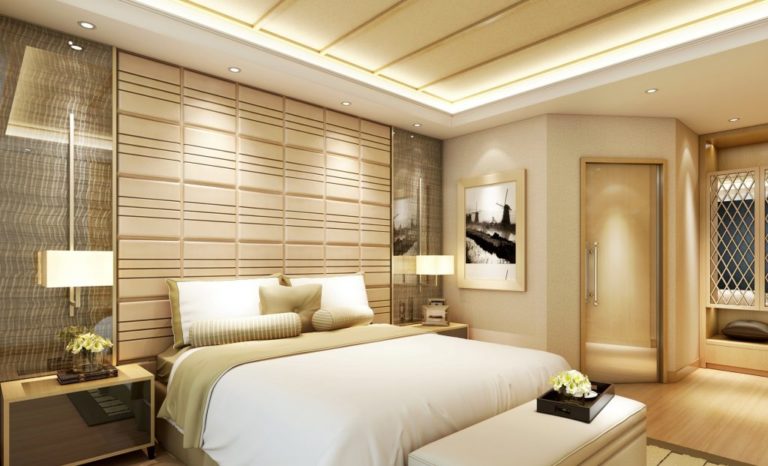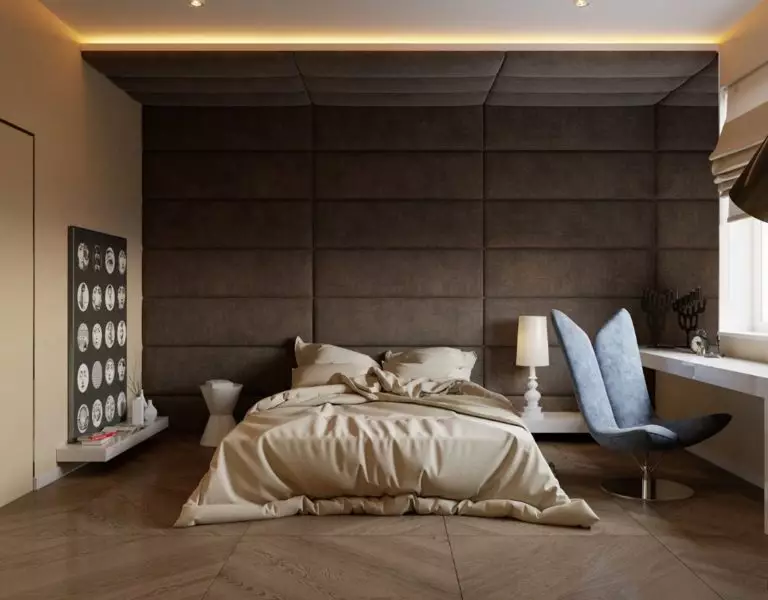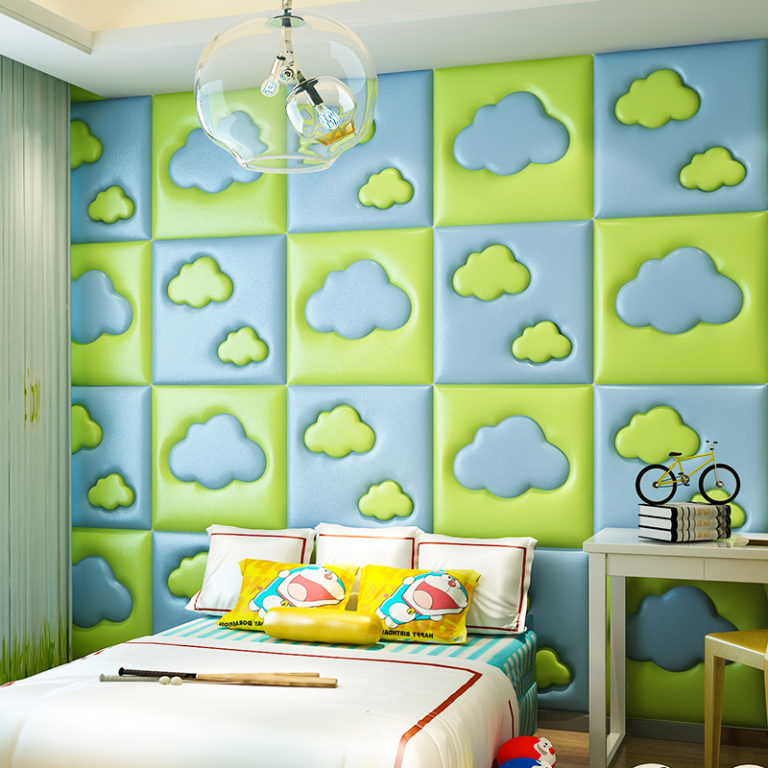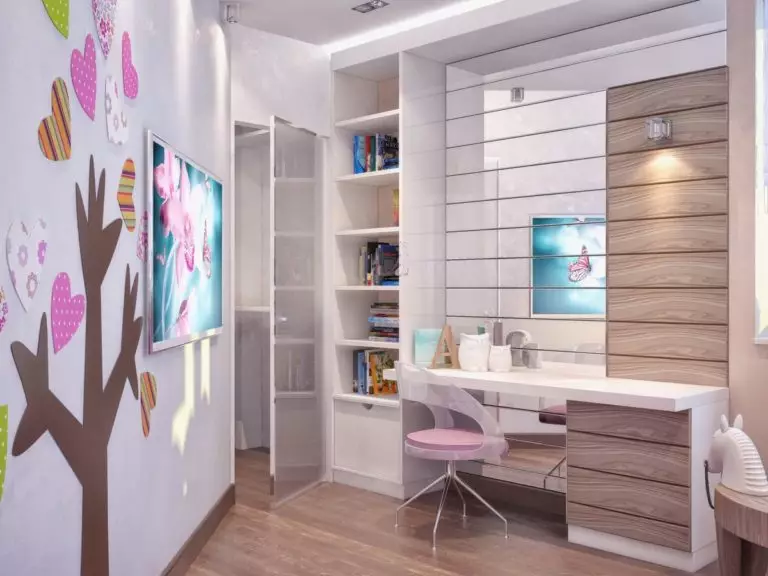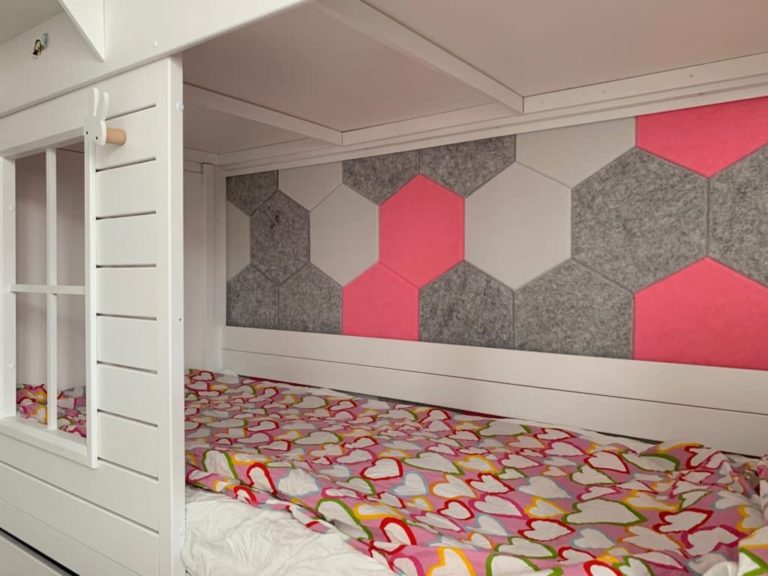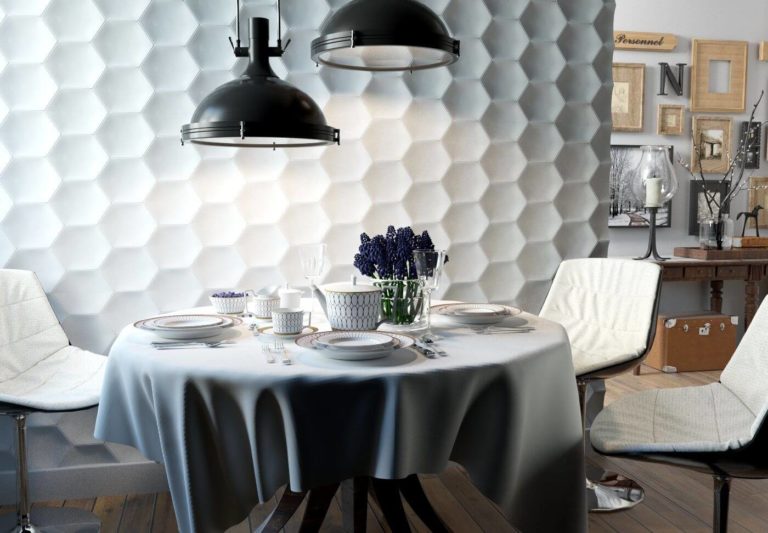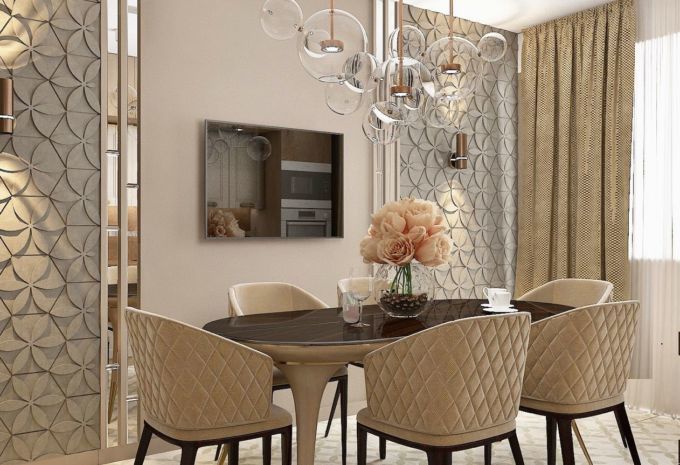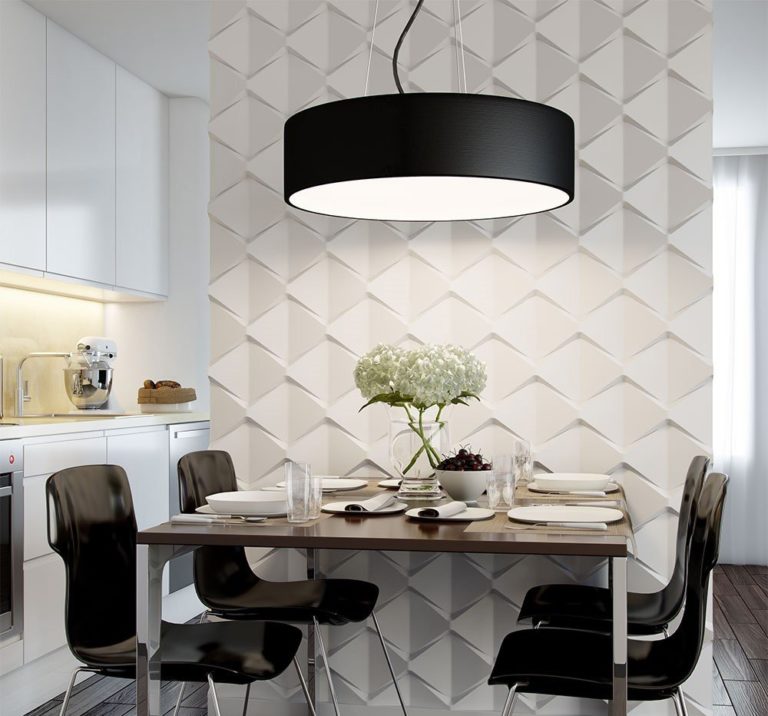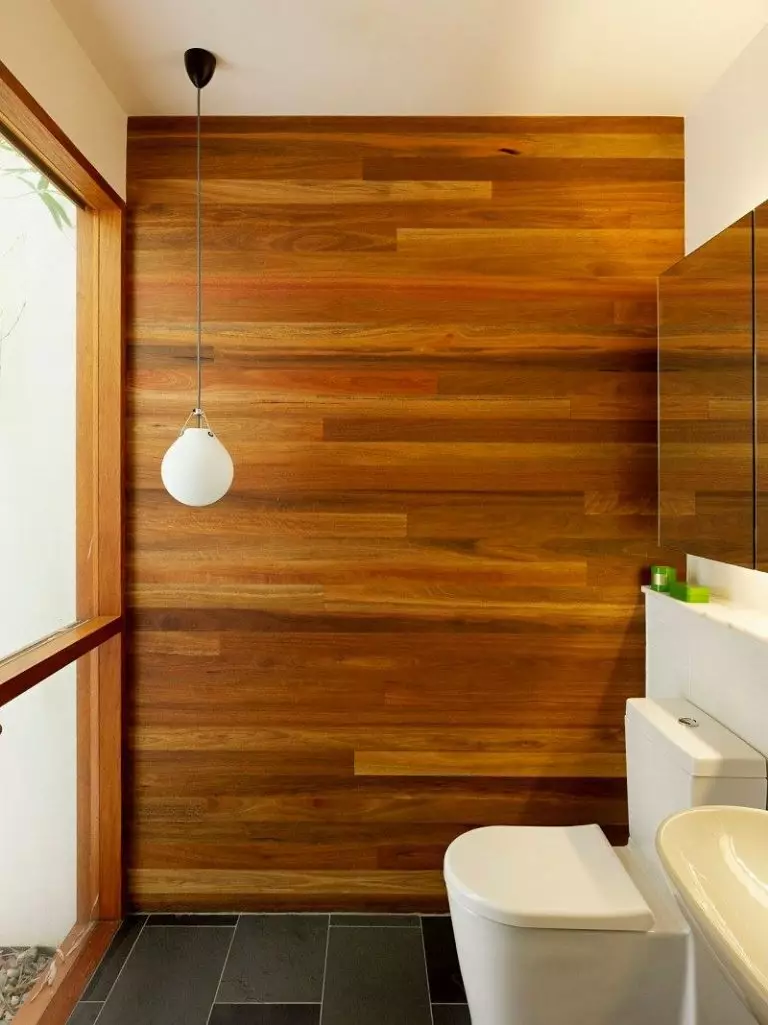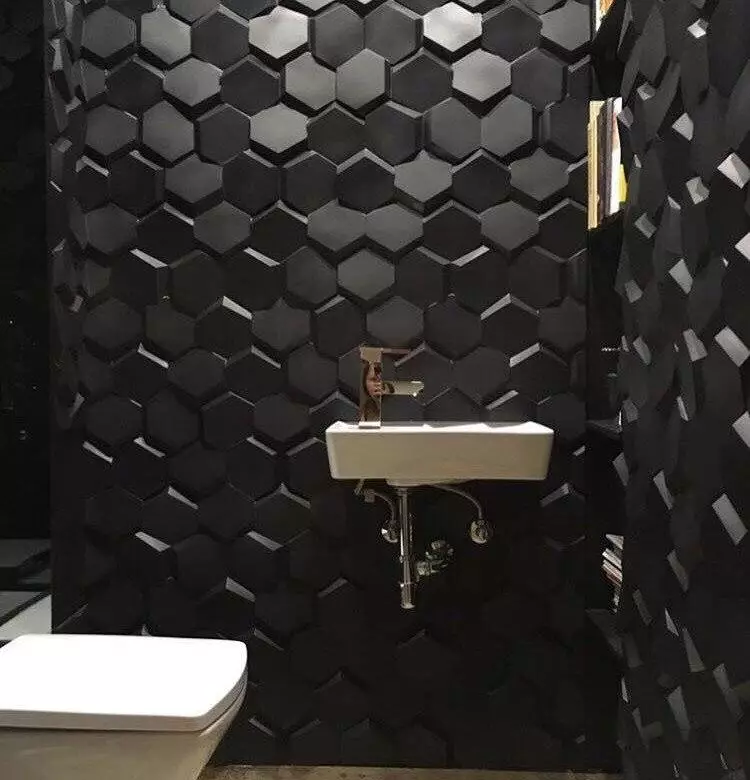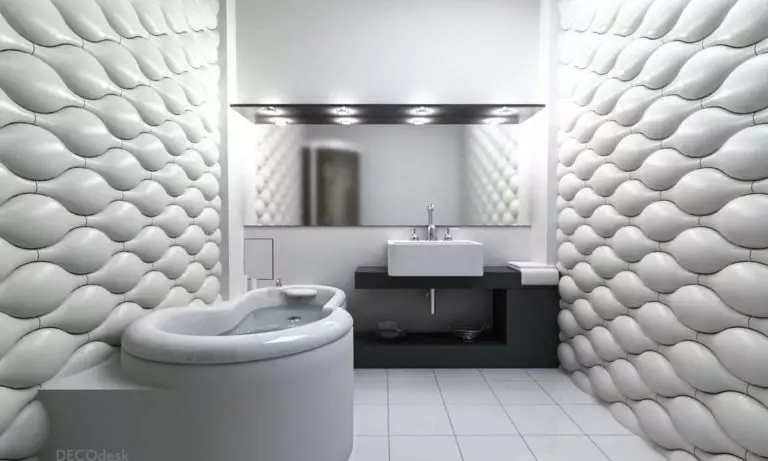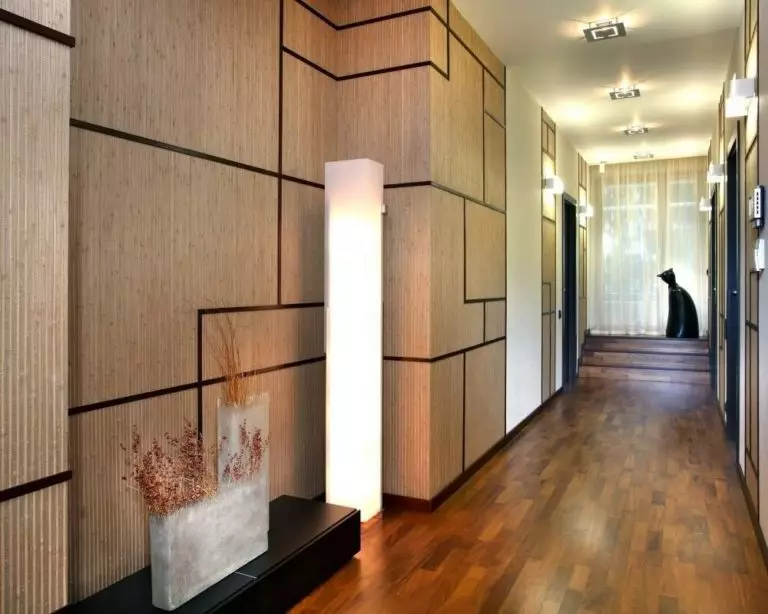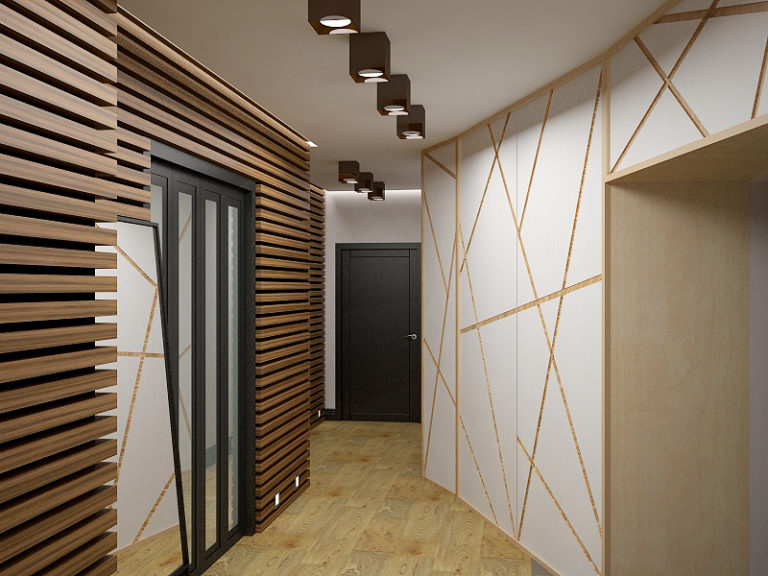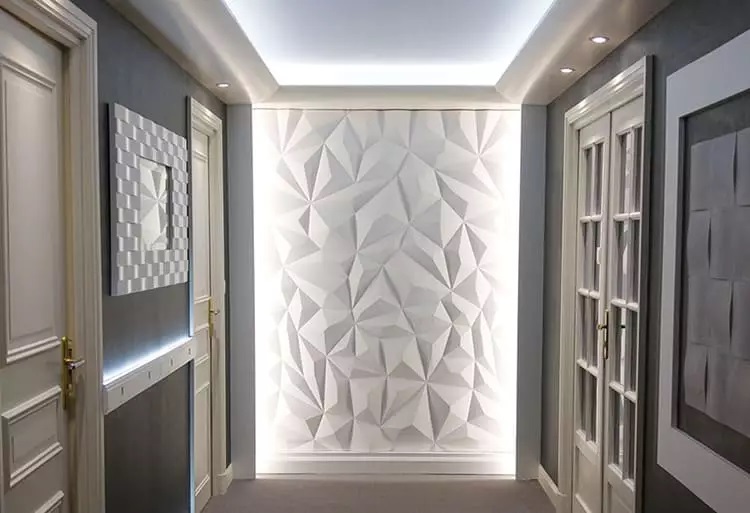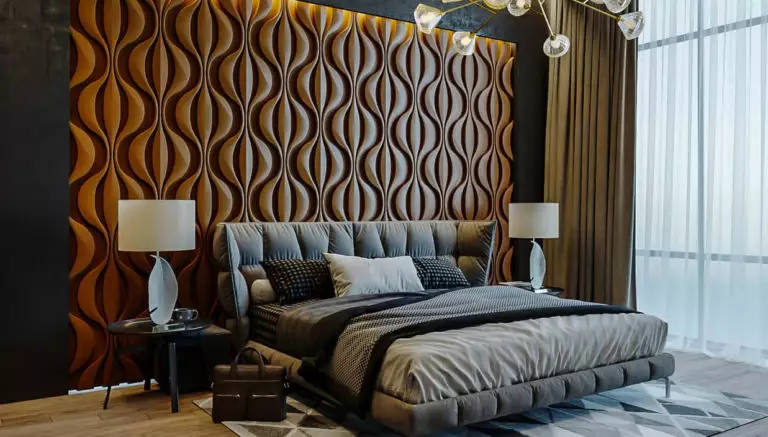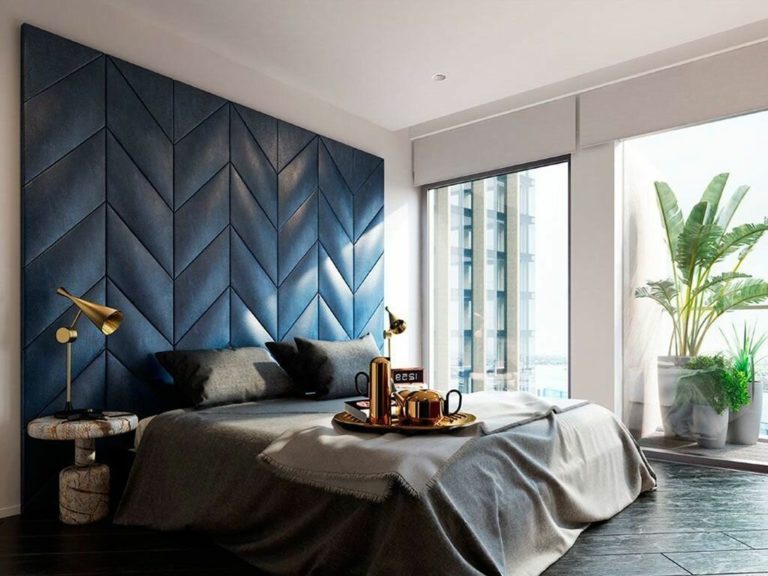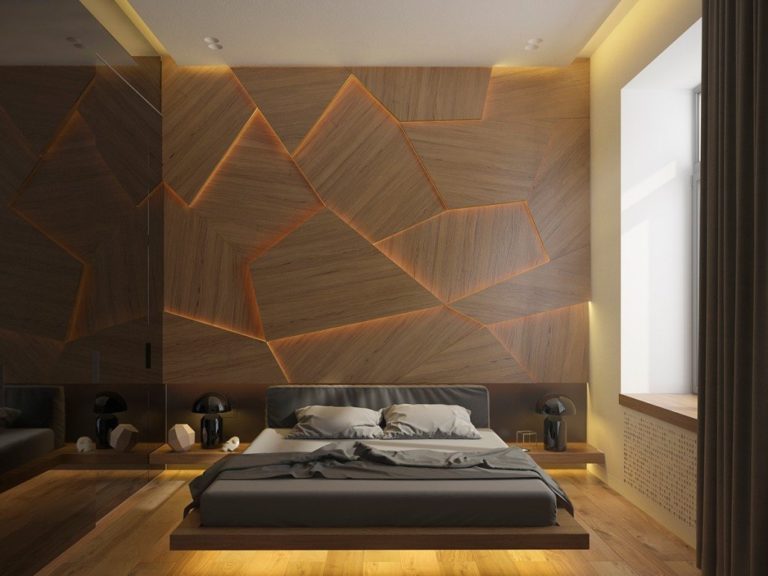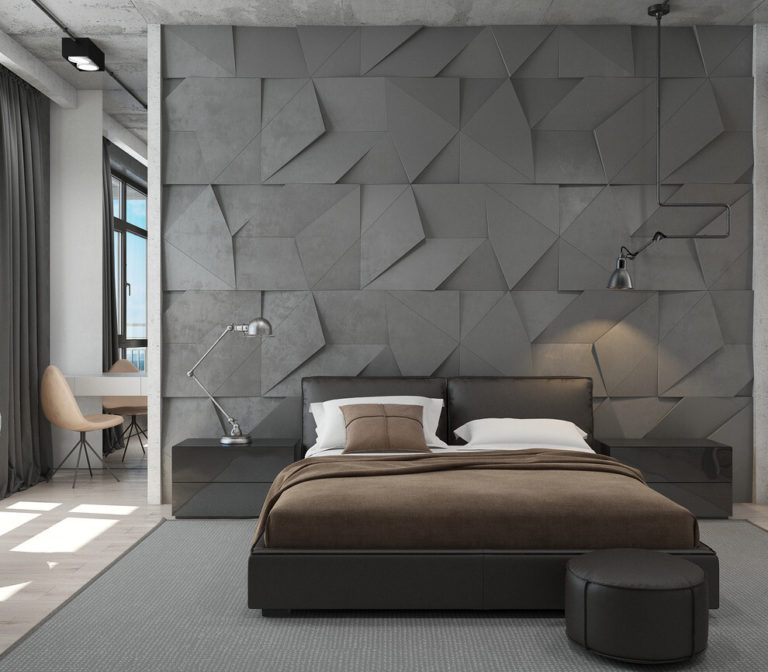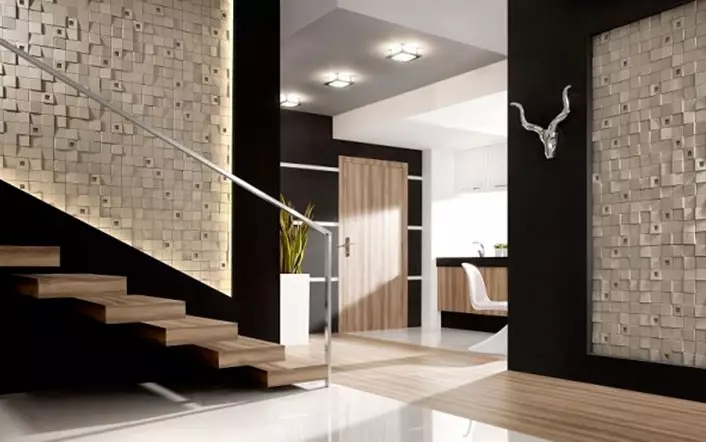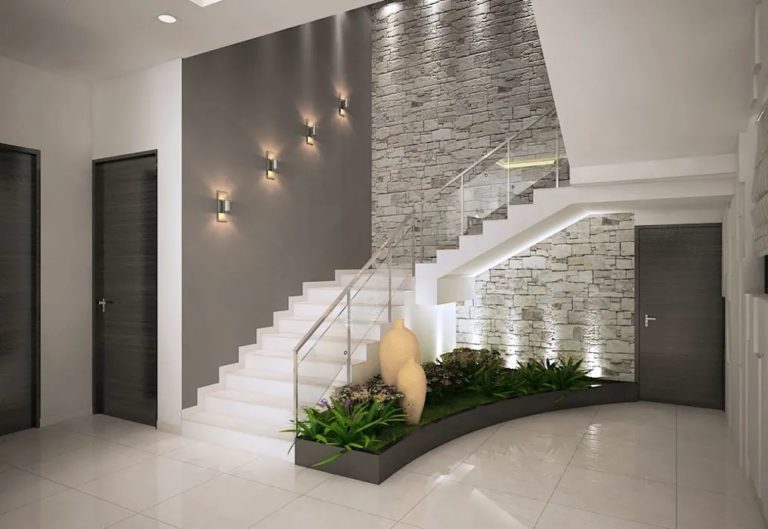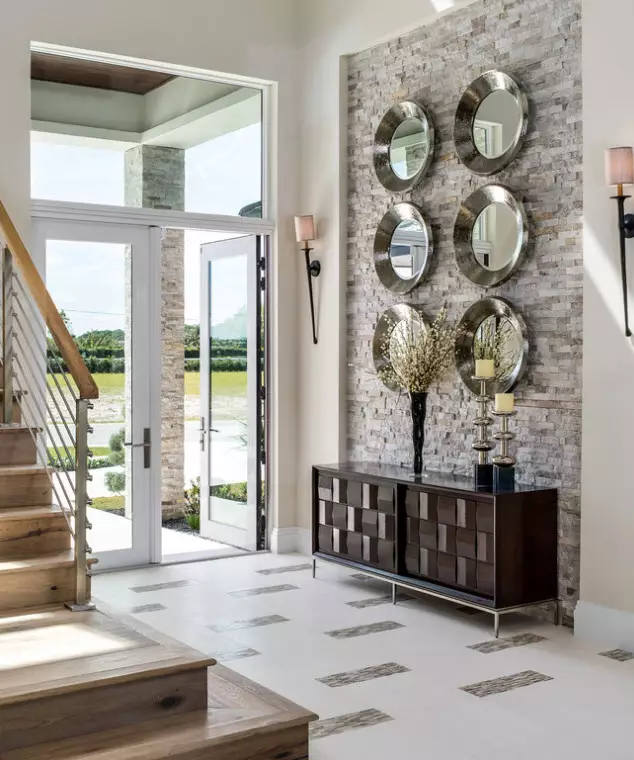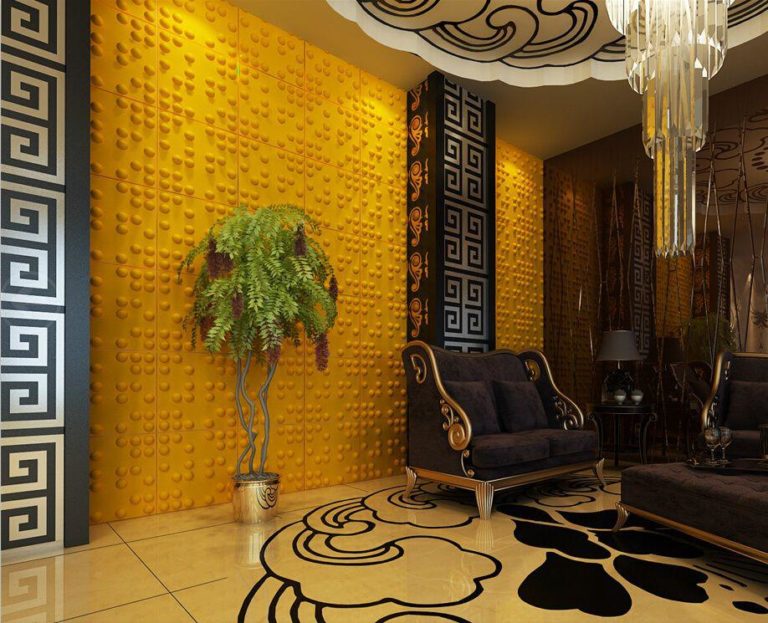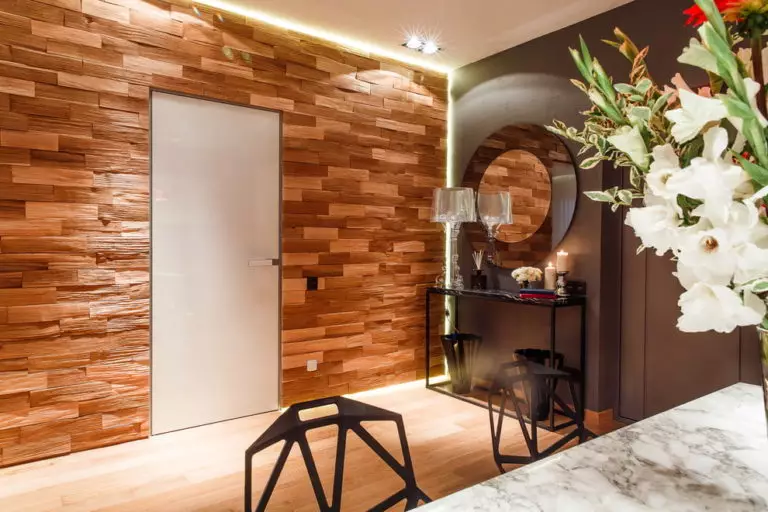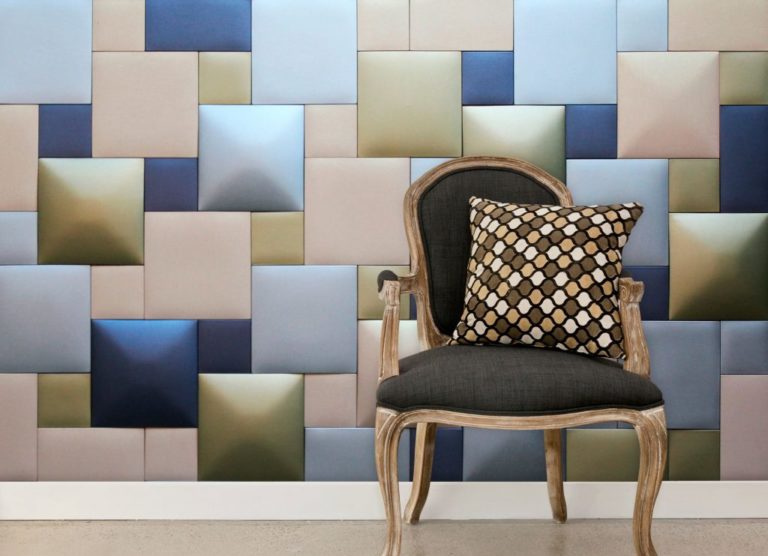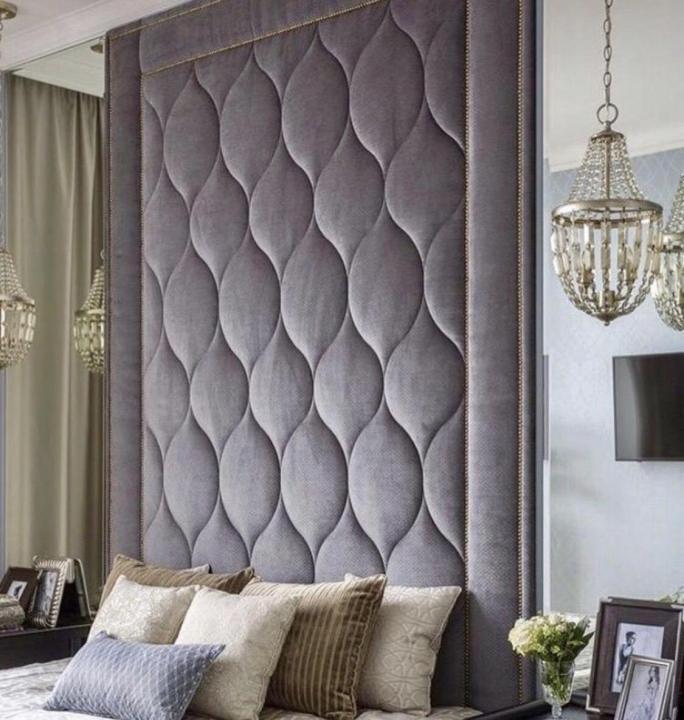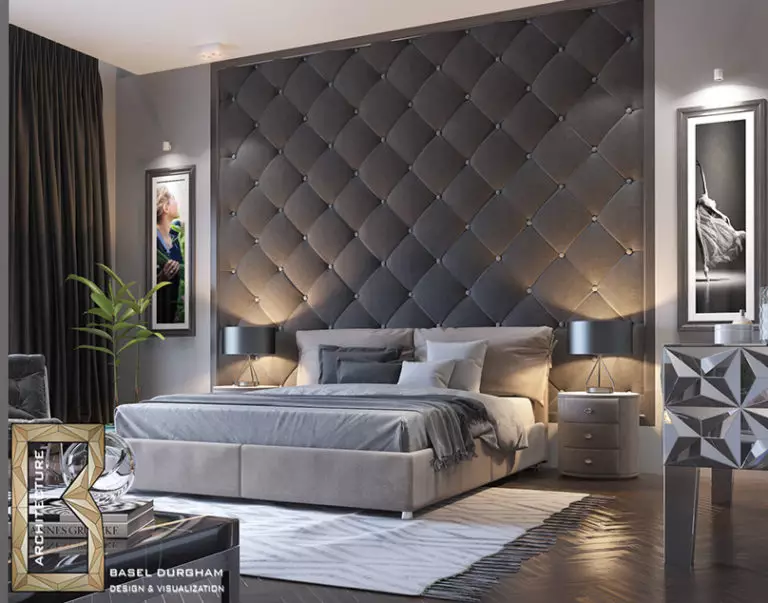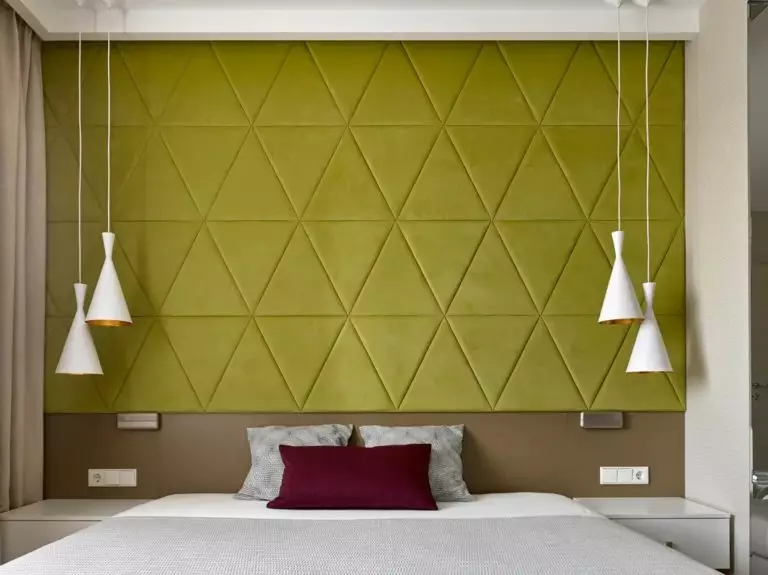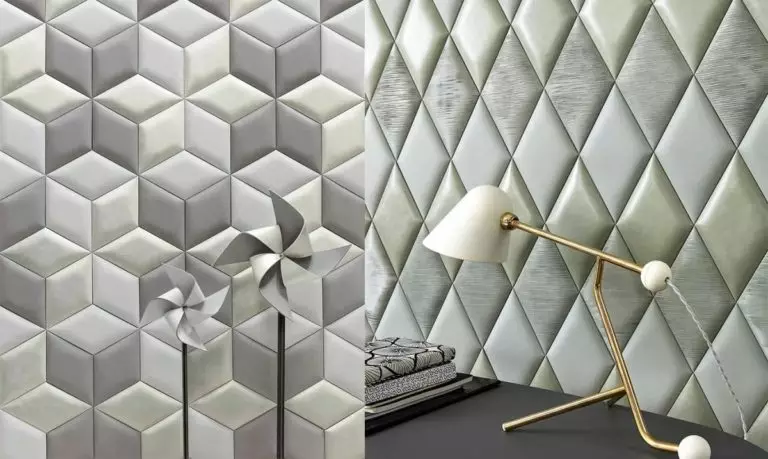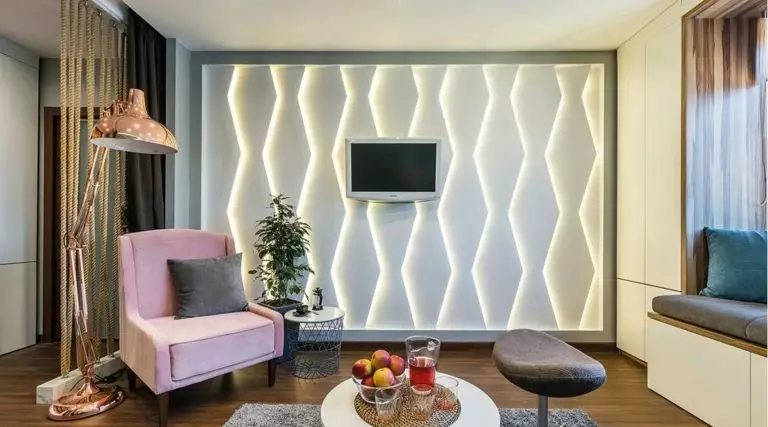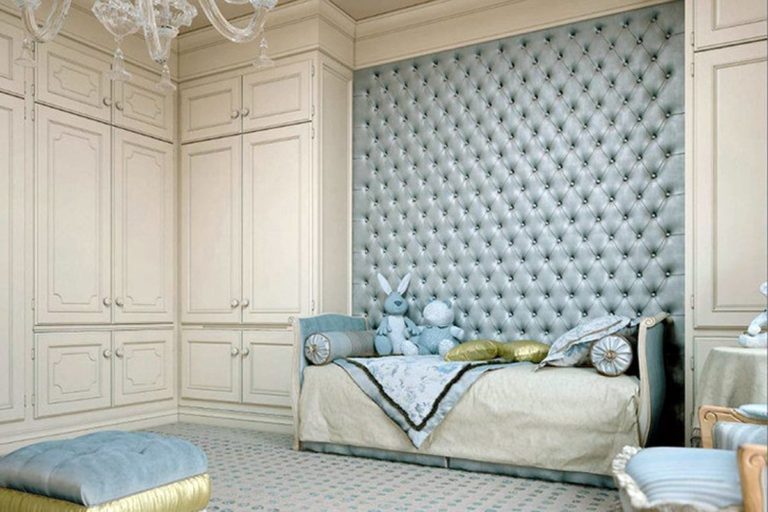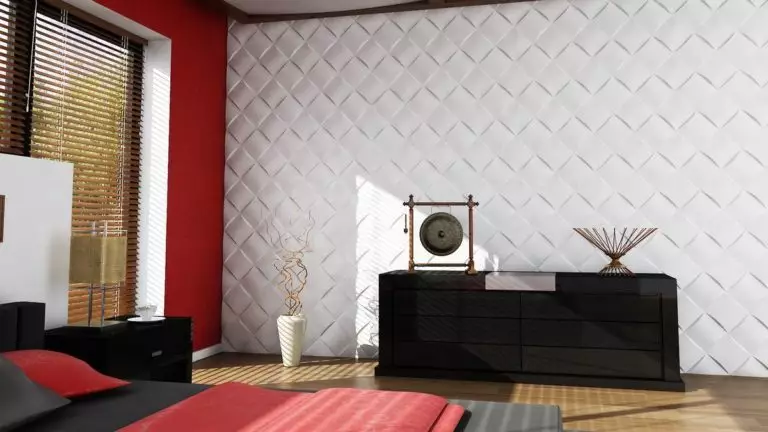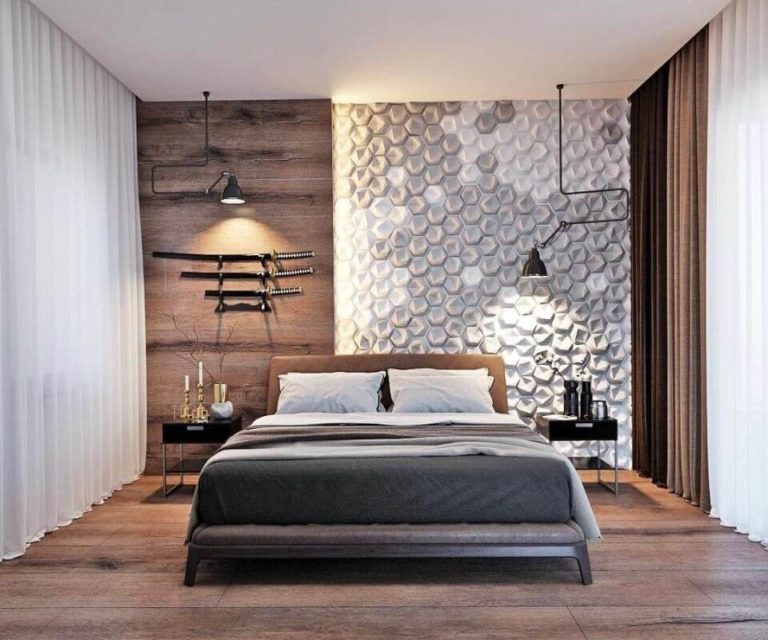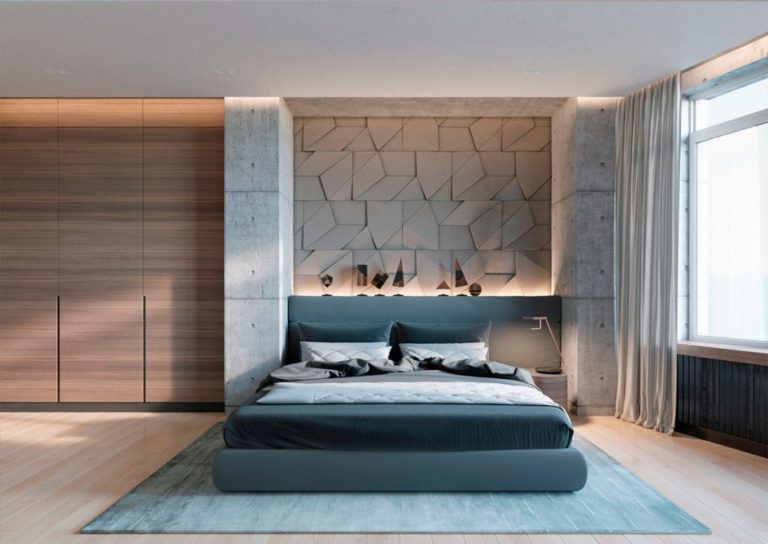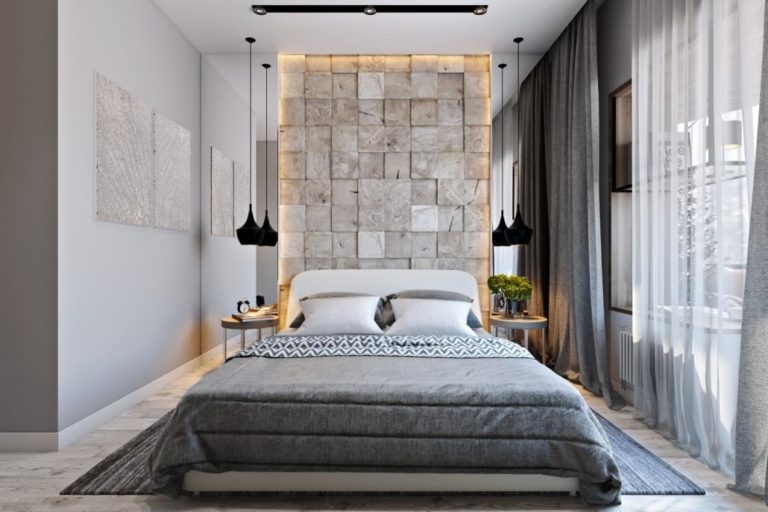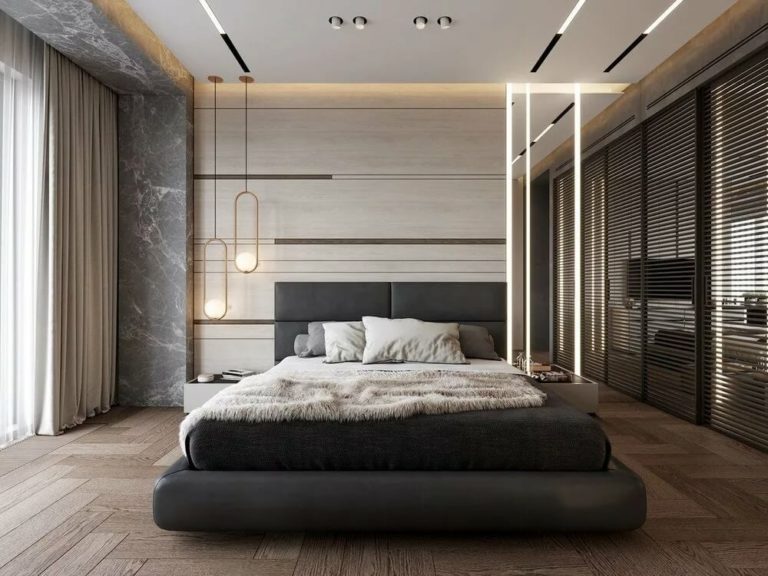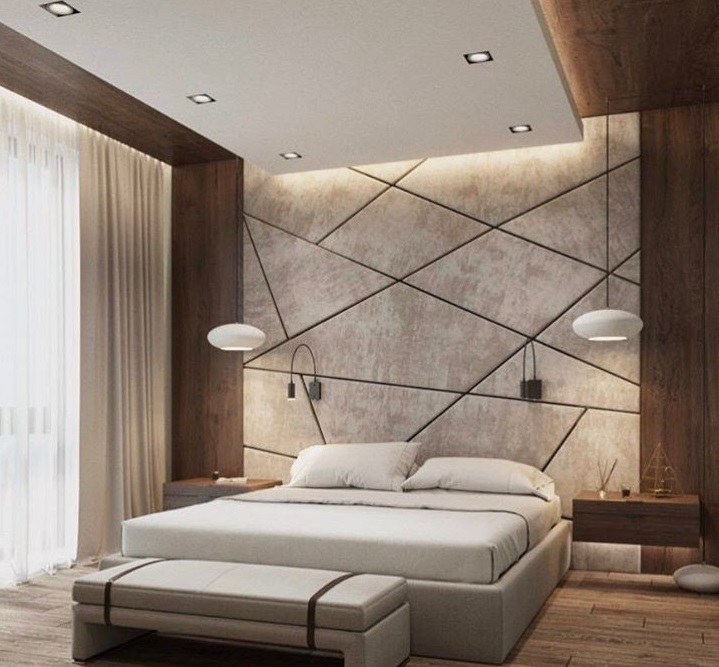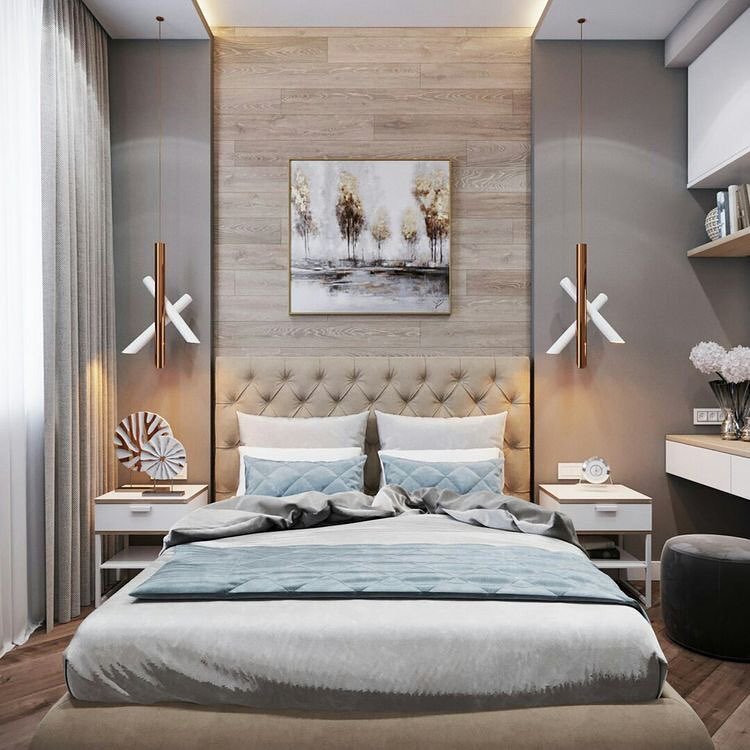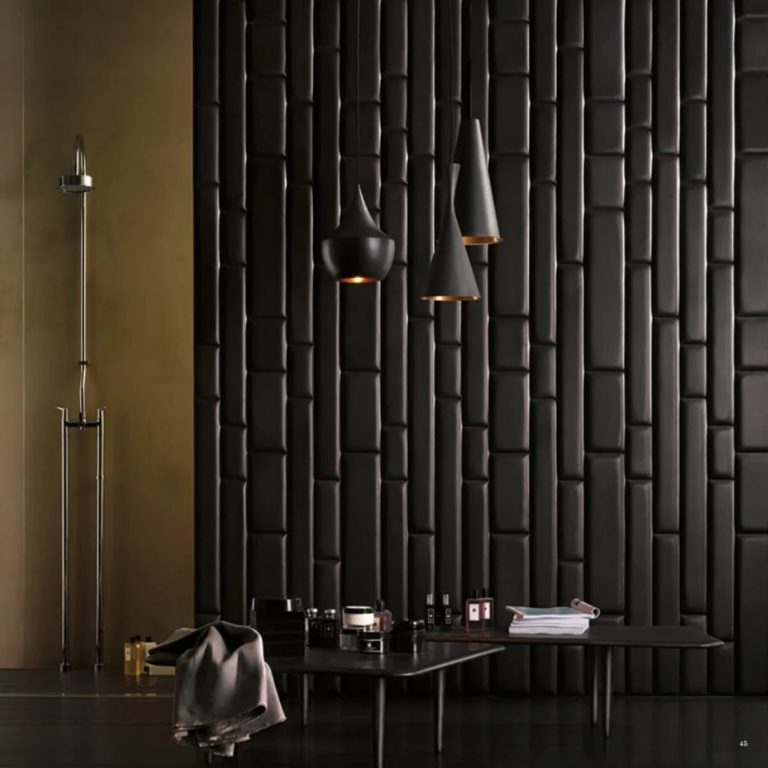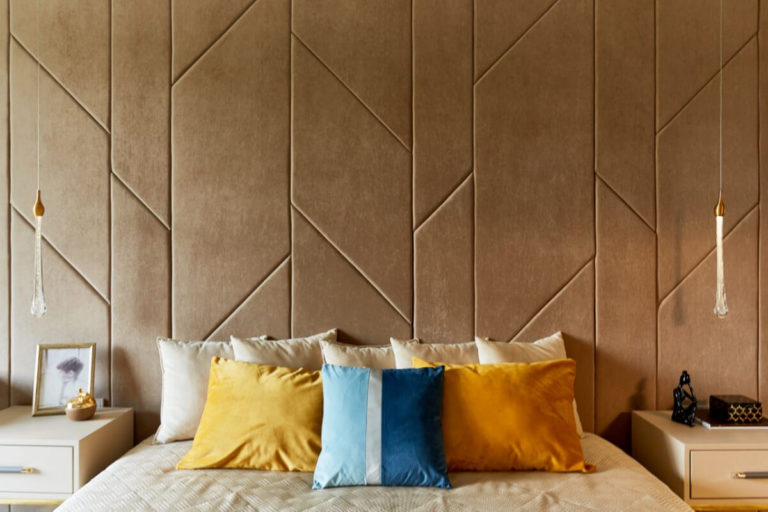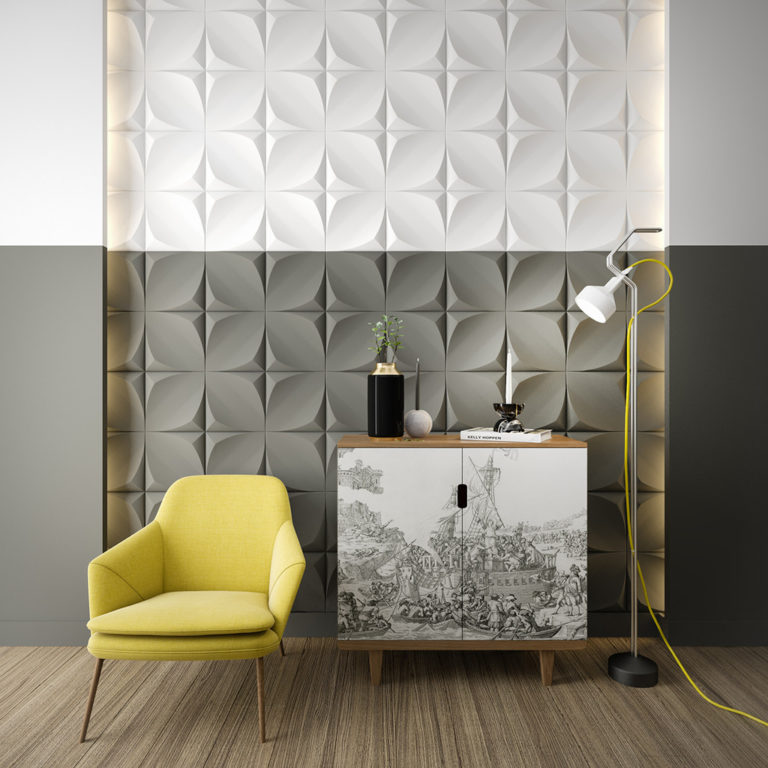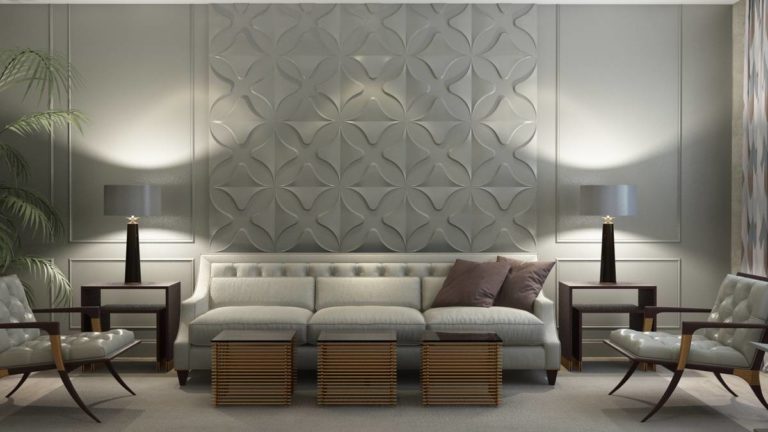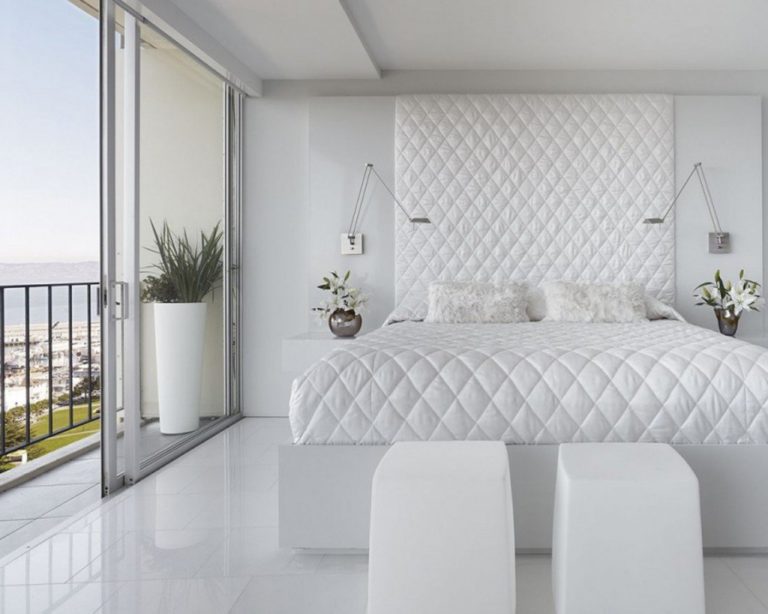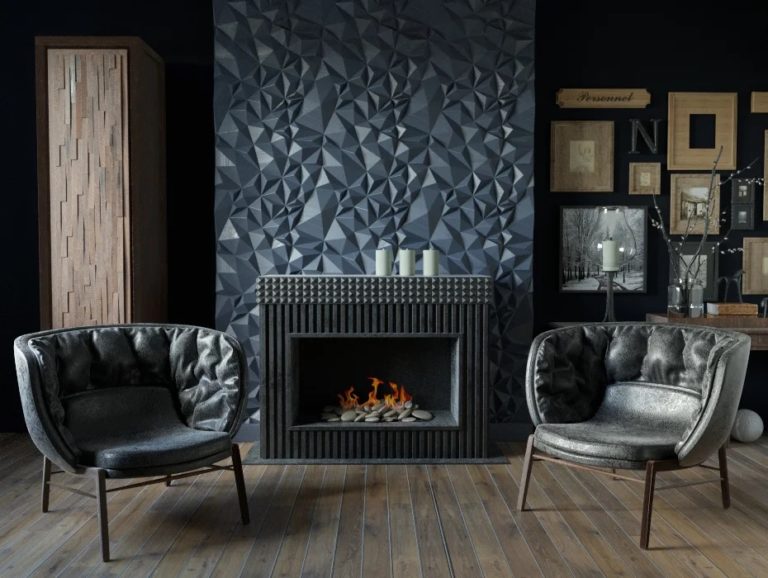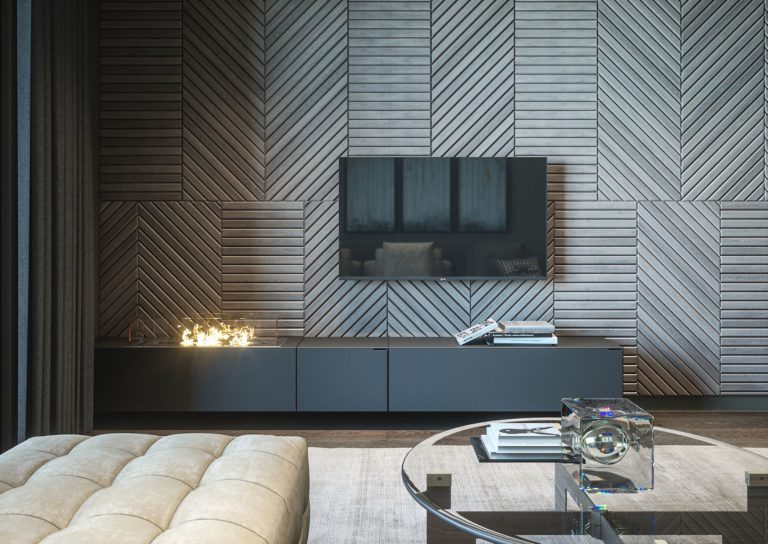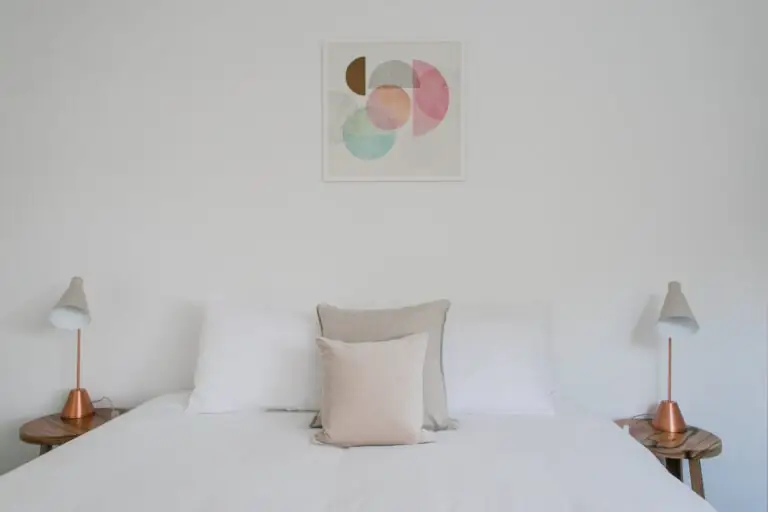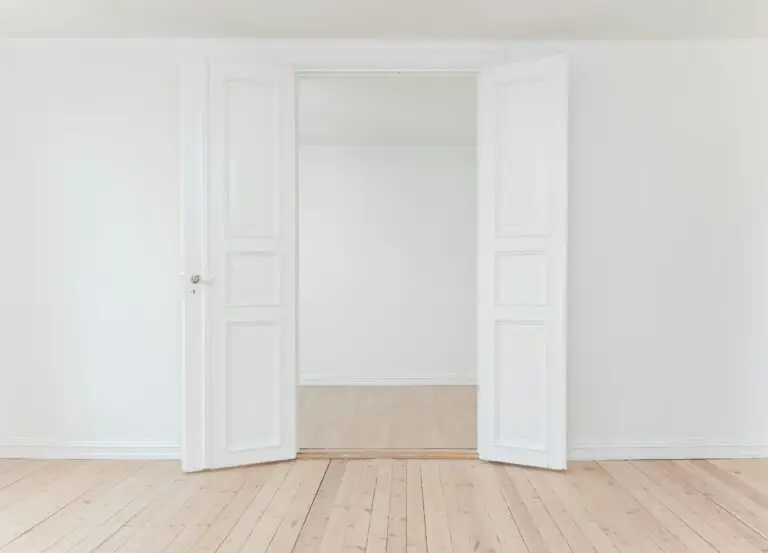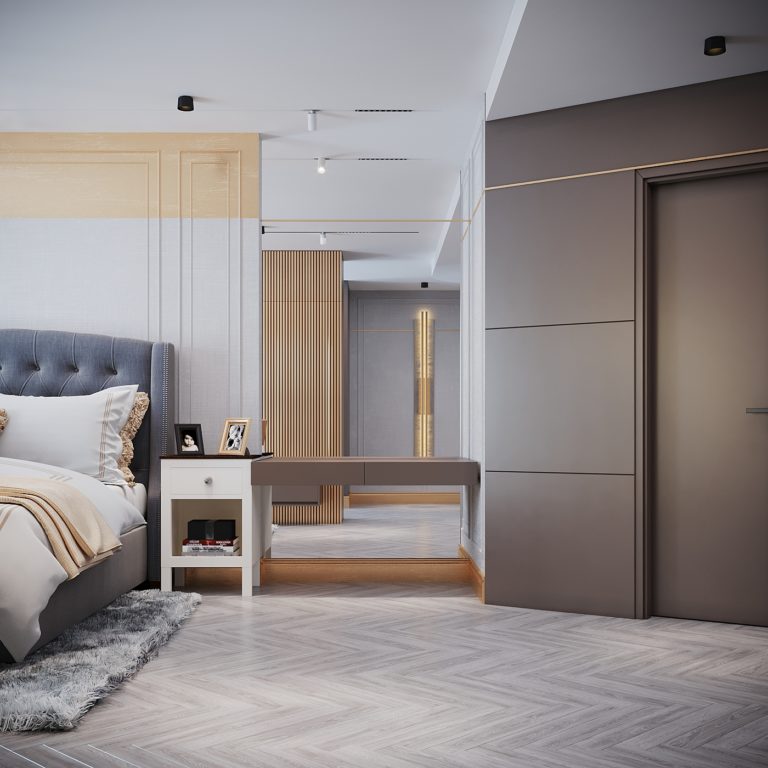Decorative wall panels: design and ideas
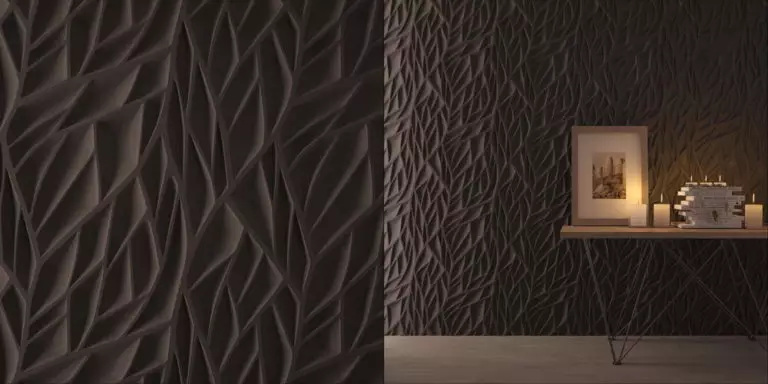
Wall decoration is an essential step in the process of creating a beautiful interior. Among the wide variety of materials applied in design interior, wall panels for interior decoration occupy a special place. This cladding allows you to transform any room in a matter of hours while avoiding building dust, dirt, and chemical odors that invariably accompany the painting, wallpapering, or decorative plastering. High aesthetics and durability of the panels makes them a lovely design option and makes it possible to translate any artistic ideas into practice.
Due to their excellent performance, decorative panels have become extremely popular in the construction market. They allow you to do without the need to align the wall planes while hiding all the flaws and communications. It can serve as a basic finish. Installation does not require professional skills and is carried out extremely quickly. Decorative panels for interior wall decoration can be used in a wide variety of rooms. Thanks to its aesthetic qualities, a designer interior can be created in one’s own house. The market offers a wide range of products from various materials. Next, consider the main types.
In addition to the standard options (wallpaper and simple painting), there are an exciting and rather bold – wall panels. They have long been part of the office and public buildings, and they have been vigorously used as a wall covering material in residential buildings (private houses, apartments). They, like wallpaper, vary in:
Wall panels in the interior – this is a great way to mask the walls’ problem areas, radically changing the room’s design.
What are decorative wall panels?
Decorative wall panels are sheet cladding material, attached to the wall. Elements are joined end-to-end or overlapped. This type of installation easily hides the initial flaws of the surface – it is unnecessary to plaster the wall, but in return, you will have to sacrifice a few centimeters of the room’s space. Some types of panels are glued to the base with special adhesives.
The range of decorative wall panels is vast: a lot of colors, textures, reliefs, including 3D voluminous drawings and patterns. A correctly selected version gives the interior a modern and original look, emphasizing favorably one or another part of the room. The panels look best in combination with other types of finishes – wallpaper complementary in shades and texture, plain coloring, brickwork.
Advantages of decorative wall panels
Material for wall decoration must comply with all the requirements. Advantages of decorative panels are:
Feature and benefits of decorative wall panels
Before choosing the material for cladding the house’s inner extensions, paying attention to the advantages of decorative panels is recommended.
The functionality and value of which led to the steadily growing popularity of facing material.
We list the main advantages inherent in this decoration option:
Decorative panels for interior wall decoration can be classified according to the form of release and the type of material used.
The main forms of decorative wall panels
Three types are distinguished here:
The surface of most materials is coated with an additional layer.
Types of decorative wall panels
Decorative panels for walls can be natural or artificial. Modern technologies and many types of raw materials are actively used for the production of wall panels. Wood, bamboo stems, gypsum, cellulose, cork, leather, and fabric are environmentally friendly coatings that can be recommended for use in living rooms, bedrooms, or children’s room. But polyurethane (PVC) panels are more suitable for decorating the corridor, kitchen, and bathroom.
The following varieties of the product are distinguished:
To understand what’s what and what material is better to choose, then we will consider their main features.
Wooden decorative wall panels
Wall cladding with natural wood is characterized by a unique atmosphere of comfort. The interior instantly becomes rich and solid. To achieve a similar effect in the production technology, arrays of noble tree species are used.
As a finishing coating, a veneer is used from such valuable varieties as elegant walnut or refined cherry. Additionally, various inserts and layers are used.
Also, the pathos gilding of woody shades is popular. Given that wood is an integral element of the classic interior style, this decor has become a real godsend for designers.
The use of wood panels is somewhat limited due to the impossibility of their installation in wet rooms. In a bathroom or an aggressive kitchen environment, natural wood will not save any protective impregnation.
In other rooms, it is also recommended to protect the material from temperature or moisture changes and keep the last at 60%. Otherwise, unpleasant cracking can easily happen. Also, among the disadvantages of natural wood is its high price.
MDF decorative wall panels
This material is successfully used for interior decoration since the technology of its production allows excluding from unsafe components such as epoxy resin and phenol harmful to human health.
This is achieved by hot pressing of wood waste. At the finishing stage of the production process, a decorative film with an exclusive pattern is applied. The image can imitate its natural wood counterpart, the beautiful texture of the brick. The choice of character also implies the possibility of a matte finish or gloss.
Care of decorative panels from MDF is effortless since you can do with a regular wet towel. Lamination does not give dirt a chance to fix on a wall surface.
MDF sheets are straightforward to install, and the design of fasteners and other accessories in the same color saves time. The style remains the same for the entire room.
Fiberboard decorative wall panels
The operational characteristics of this material are slightly worse than the previous one. The thickness of the products can visually reduce the space of the room.
However, this inconvenience is offset by the budget cost and a large palette of colors.
Leather cladding and veneering made of precious woods are popular.
Chipboard decorative wall panels
The main advantage of this type is its cheap price. For aesthetic purposes, it is customary to cover the material with veneer or decorative plastic.
Bamboo decorative wall panels
Despite its woody origin, bamboo panels stand out as a separate sort. This is mainly due to their increased moisture resistance (compared with traditional wood varieties), as well as the lightness of the material. It is often used when decorating a room in ethnic style, or the same country.
3D decorative wall panels
Due to its layer structure, it is characterized by its illusion of volume.
For the manufacture of a high-quality base, a reinforcing mesh is used, and for the decorative layer – the product is covered with a particular polyvinyl film (sometimes enamel is used).
3D wall panels have become so popular because of their wide range that developers had to consider the possibility of decorating with them any other surfaces (furniture, ceiling).
They are actively used as a single decorative element or as an insert in the main finish. The latter allows you to organize the functional zoning of space.
Professionals recommend, along with 3D decorative panels, to purchase original fixtures that can enhance the desired result. The relief elements after sending soft light to them guarantee an amazing black-and-white effect.
Plastic decorative wall panels
Plastic decorative panels are easy to maintain (you can use ordinary household chemicals), and they have an affordable cost. They can provide reliable sound and heat insulation of the room.
Due to moisture resistance, neutral attitude to temperature differences, and certain hygienic properties, they can be used in bathrooms or unheated rooms. However, this type of decorative panel does not differ in its resistance to mechanical stress.
After a few years, the color may be adversely affected by sunlight.
Another disadvantage of this type is the prohibition on the use of the material in the nursery. For the same reason, plastic panels are recommended to be used exclusively for outdoor.
Glass decorative wall panels
The demand for this species is due to specific functional properties.
The longevity of their existence will characterize such panels. That is why the use of glass decorative panels in the kitchen does not surprise anyone.
The decor on the culinary theme in the working area of the premises invariably raises the mood of the hardworking housewife.
Stone veneer decorative wall panel
Many useful qualities characterize it. The natural texture of wild stone harmoniously combines with its lightweight.
In addition to the image, the roughness inherent in stone creations in nature can be felt tactilely. The thickness of the plates does not exceed a few mm, which makes it easy to install on wall surfaces.
Soft decorative wall panels
Soft panels are made in the same way as, for example, the head of the beds. The material is placed on the base of fiberboard or plywood – a thin layer of foam rubber, synthetic or felt, which is then sheathed with fabric or leather (sometimes leatherette). In the interior, such solutions look unusually original and expensive. However, a soft panel usually decorates only one area in the room – the area behind the bed or the wall above the sofa in the living room. Very appropriate, this type of decoration looks in the lounge cafe and other places of evening relaxation.
How to choose decorative wall panels
In addition to aesthetic properties, which are usually the determining factor when buying decorative wall plates, it is essential to take into account their operational characteristics. In particular, toxicity, flammability, combustibility, and smoke are considered significant parameters. The safest for natural health materials – wood, bamboo, glass, gypsum, but with polyurethane, vinyl, and soft-build structures, great care should be taken.
If the decoration will consist of a certain number of elements, it is advisable to purchase a set of one batch or series; it is possible with a margin since, in different issues, insignificant differences in shades or patterns sometimes appear.
The reputation of the store and the manufacturing company can tell a lot about the quality of products, so it never hurts to read reviews on the Internet or take into account the experience of other people. The material itself, even before its acquisition, must be inspected for chips, scratches, swelling, and dirt. Joints and fasteners should ideally fit each other, and the drawings on them should coincide in lines and colors.
Decorative wall panels in different rooms
Decorative wall panels in the living room
Decorative wall panels in the bedroom
Decorative wall panels in the children’s room
Decorative wall panels in the kitchen
Decorative wall panels in the bathroom
Decorative wall panels in the hallway
Conclusion+photo gallery
The widest assortment of decorative panels led to their high demand for the interior walls of the house. The use of materials with various operational properties, as well as the availability of prices for them, played an essential role in the widespread distribution of products.
